Tuscan interior design evokes the warmth and rustic elegance of Italy’s sun-drenched countryside, blending natural materials, aged patinas, and handcrafted details. Rooted in centuries-old traditions, this style celebrates hearty architecture—think stone cottages, terracotta roofs, and plastered walls—while infusing modern homes with old-world charm. From the moment you step inside, you’re enveloped in a palette of earthy reds, golden yellows, and olive greens, punctuated by textured finishes and artisanal accents. The aim is to create inviting, lived-in spaces that feel both timeless and welcoming, where each element—from wrought iron fixtures to fresco-inspired walls—tells a story of craftsmanship and heritage.
1. Italian Influences
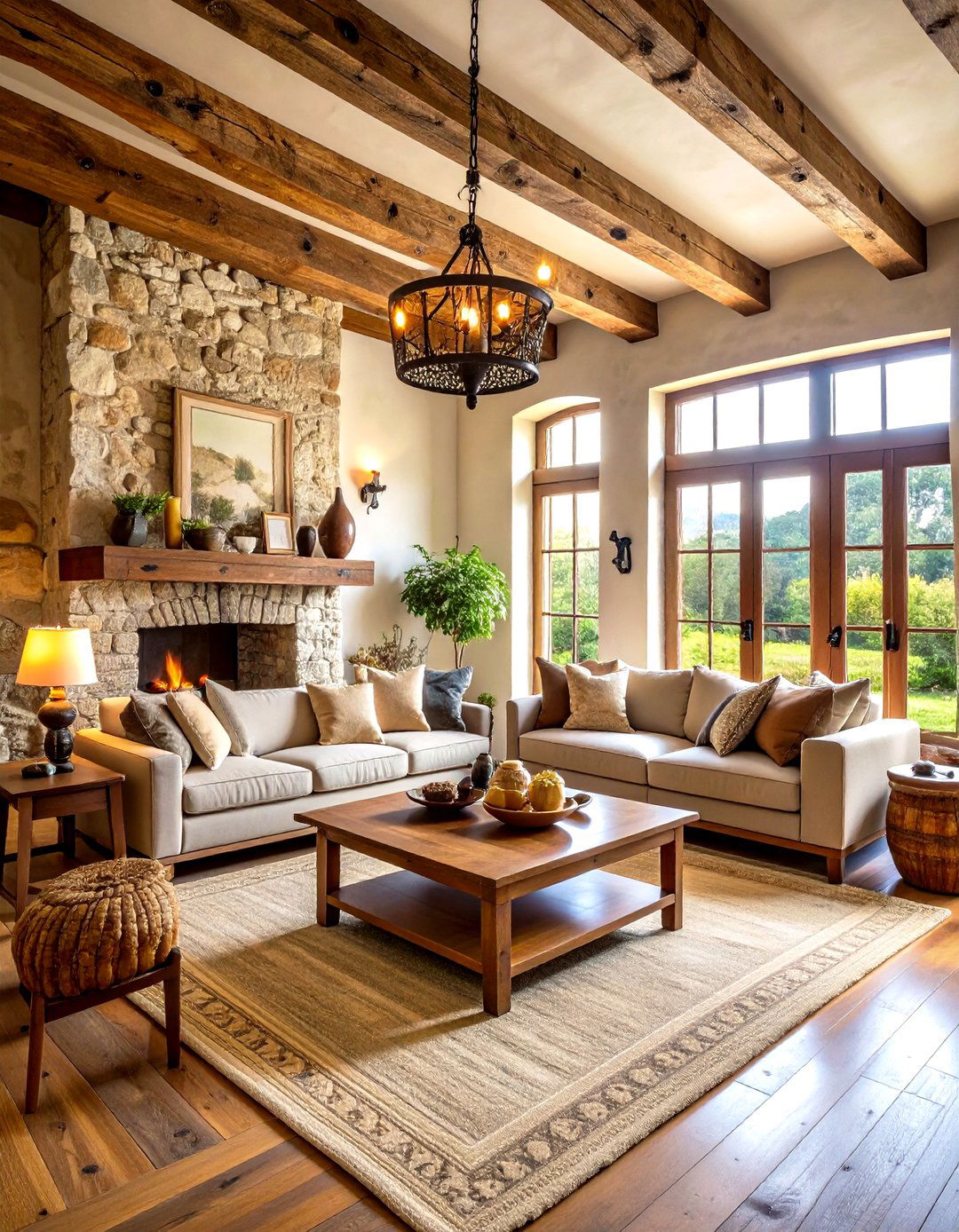
Drawing directly from Tuscany’s agrarian roots, authentic Tuscan interiors incorporate architectural elements reminiscent of rural Italian farmhouses. Key features include rough-hewn stone walls, exposed wooden beams, and hand-applied plaster finishes that reveal subtle variations in texture and hue. Furniture often consists of solid, low-slung oak or chestnut pieces, chosen for durability and a sense of history. Decorative touches—such as ceramic urns, hand-blown glass, and wrought iron sconces—add dramatic flair while honoring time-honored European craftsmanship.
2. Colors of the Countryside
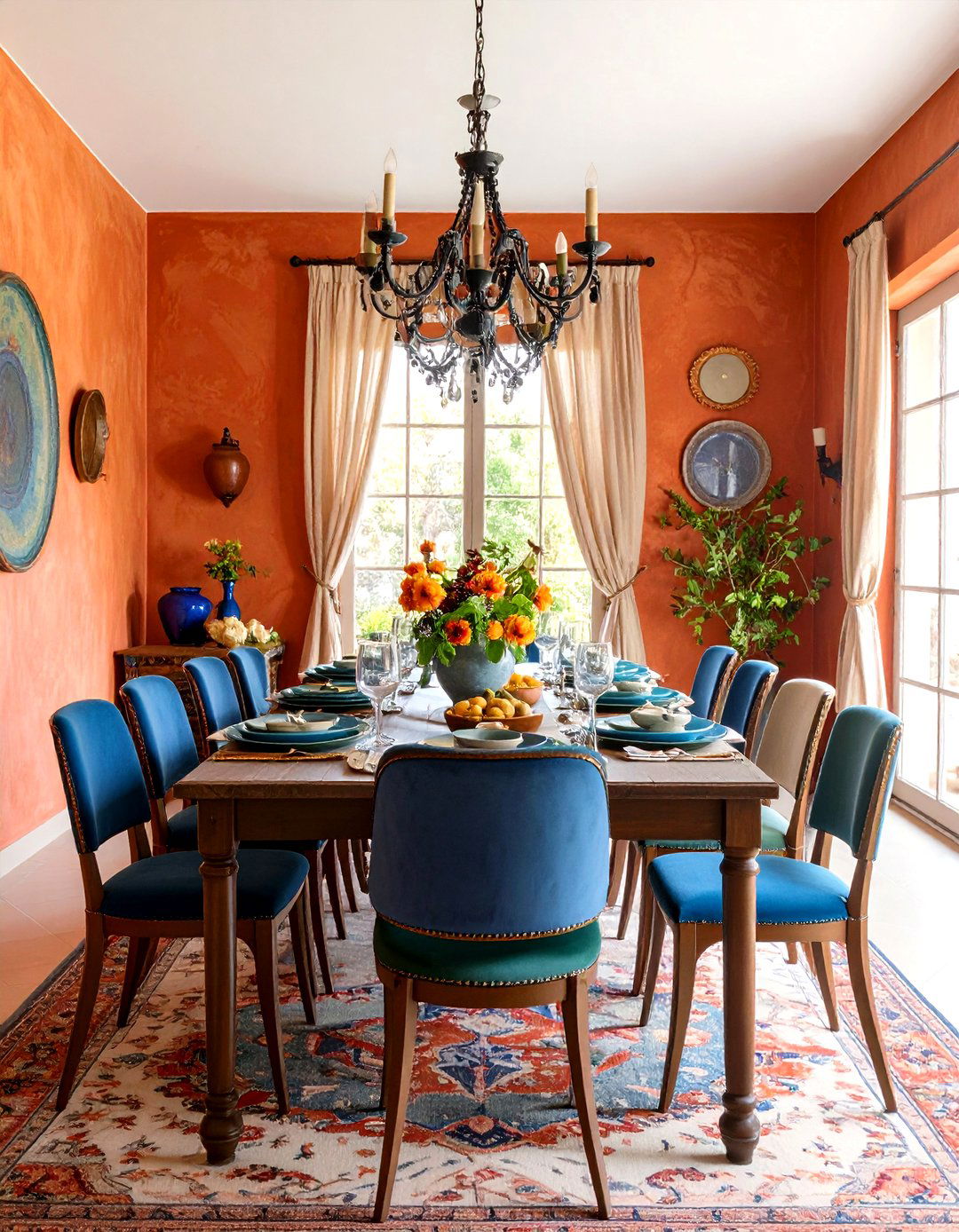
The Tuscan palette mirrors the region’s landscape: sun-baked terra cotta, muted rust reds, buttery ochres, and the silvery greens of olive groves. These hues work harmoniously on walls, textiles, and accessories, creating a warm, enveloping atmosphere. Bright accents—like deep cobalt blue ceramics or verdant potted herbs—provide lively counterpoints, ensuring spaces feel dynamic rather than monolithic. By layering tones of the same family, you achieve depth and interest without overwhelming the senses.
3. New Finishes Look Old
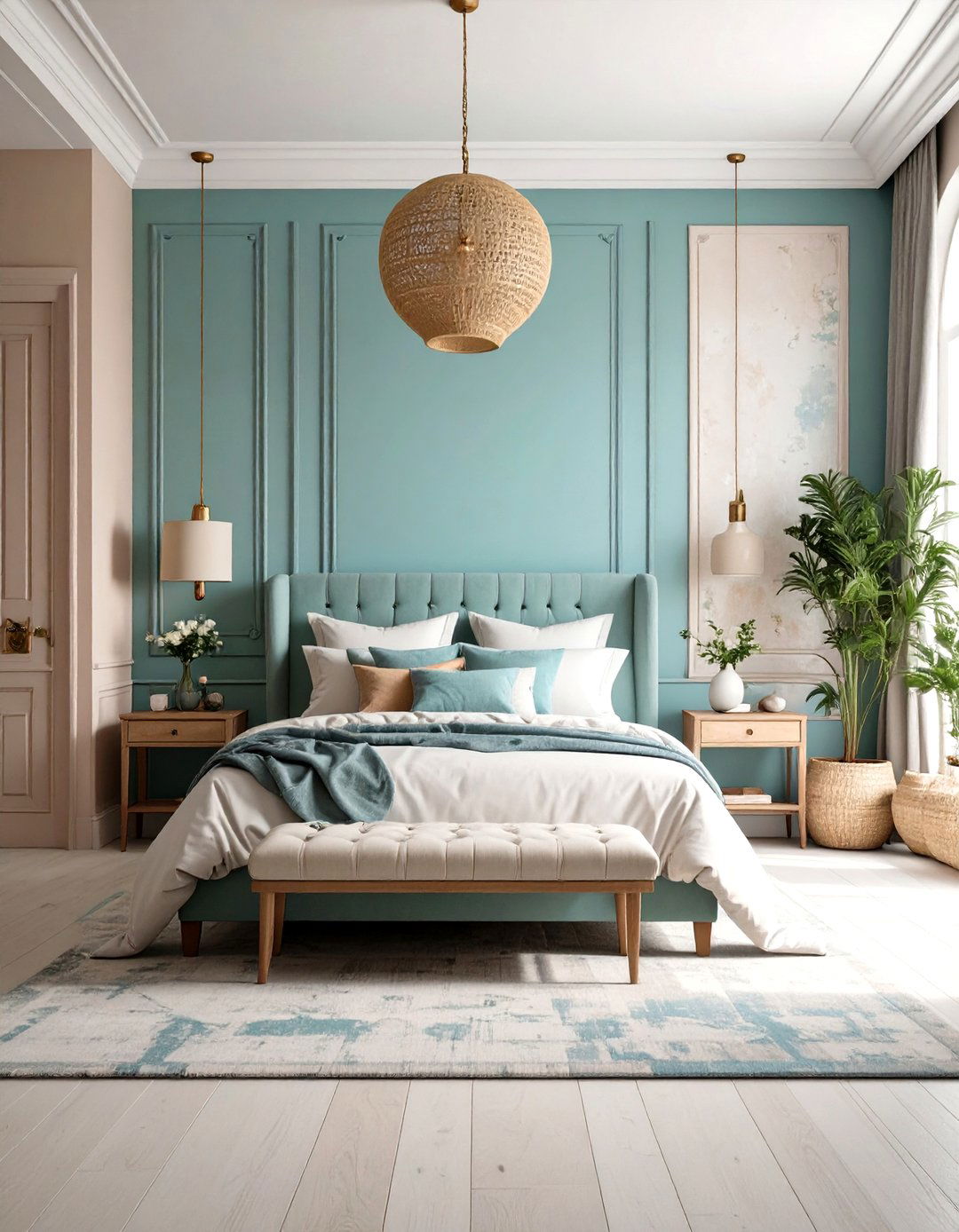
To evoke Tuscan age and authenticity, modern surfaces are treated with faux finishes that mimic centuries-old patinas. Venetian plaster and color-washed paints create subtle variations in tone, while decorative techniques—such as sponging, rag rolling, and distressing—replicate the worn charm of historic villas. Textured wallpapers can also emulate stucco or aged plaster, allowing for simpler installation without sacrificing character. This “timeworn” approach ensures that even newly built rooms possess a gentle, storied ambience.
4. Stone and Wood Influences
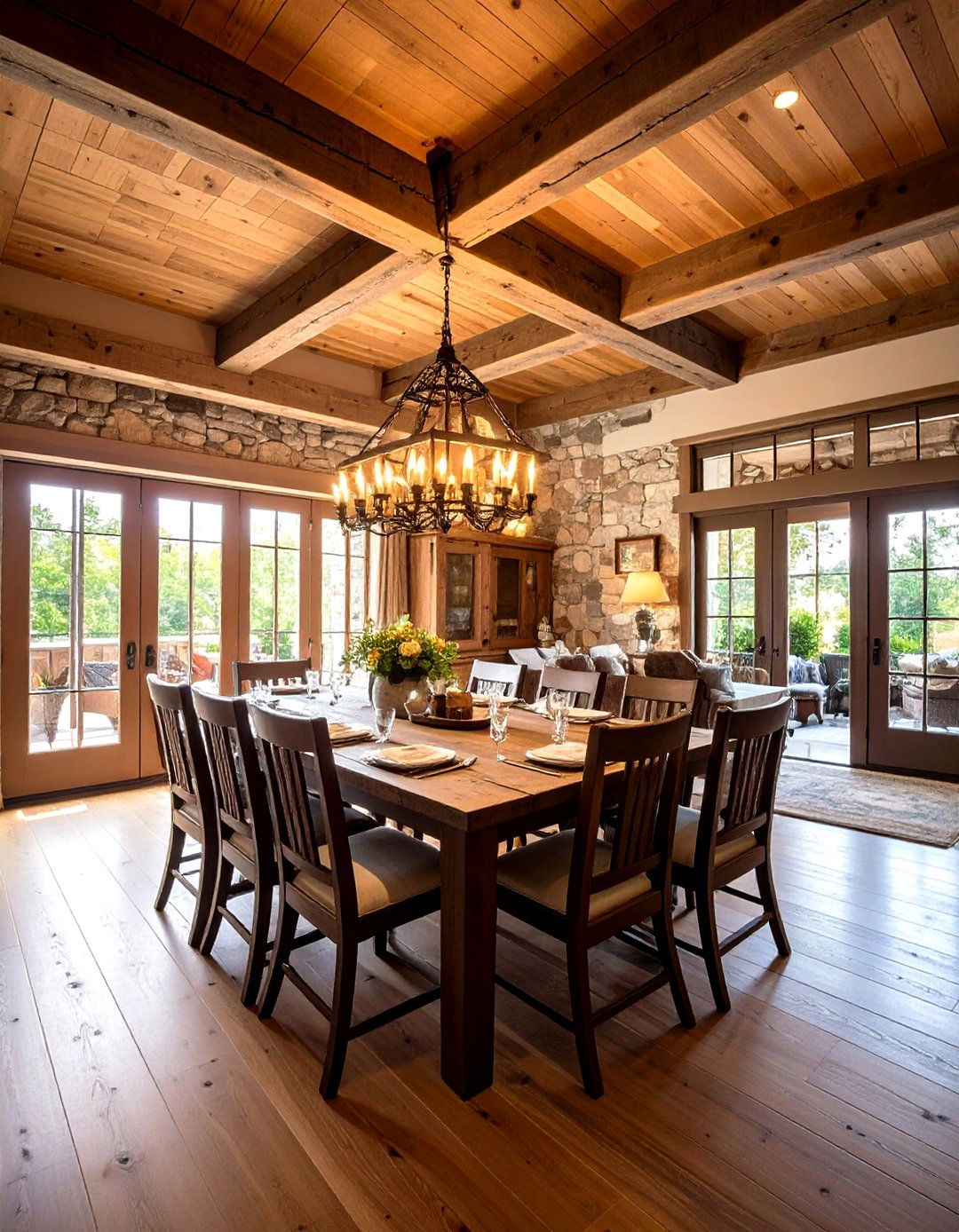
Original Tuscan cottages were constructed to endure, relying on locally quarried stone and sturdy timber. In contemporary interiors, stone is often featured as accent walls, fireplace surrounds, and flooring, while reclaimed wood beams adorn ceilings and frame doorways. The contrast between rugged stone and rich wood adds visual weight and authenticity. Antique or reproduction wood furniture—such as massive dining tables and carved armoires—reinforces the connection to agrarian Tuscany’s robust architectural heritage.
5. Floors with Authenticity
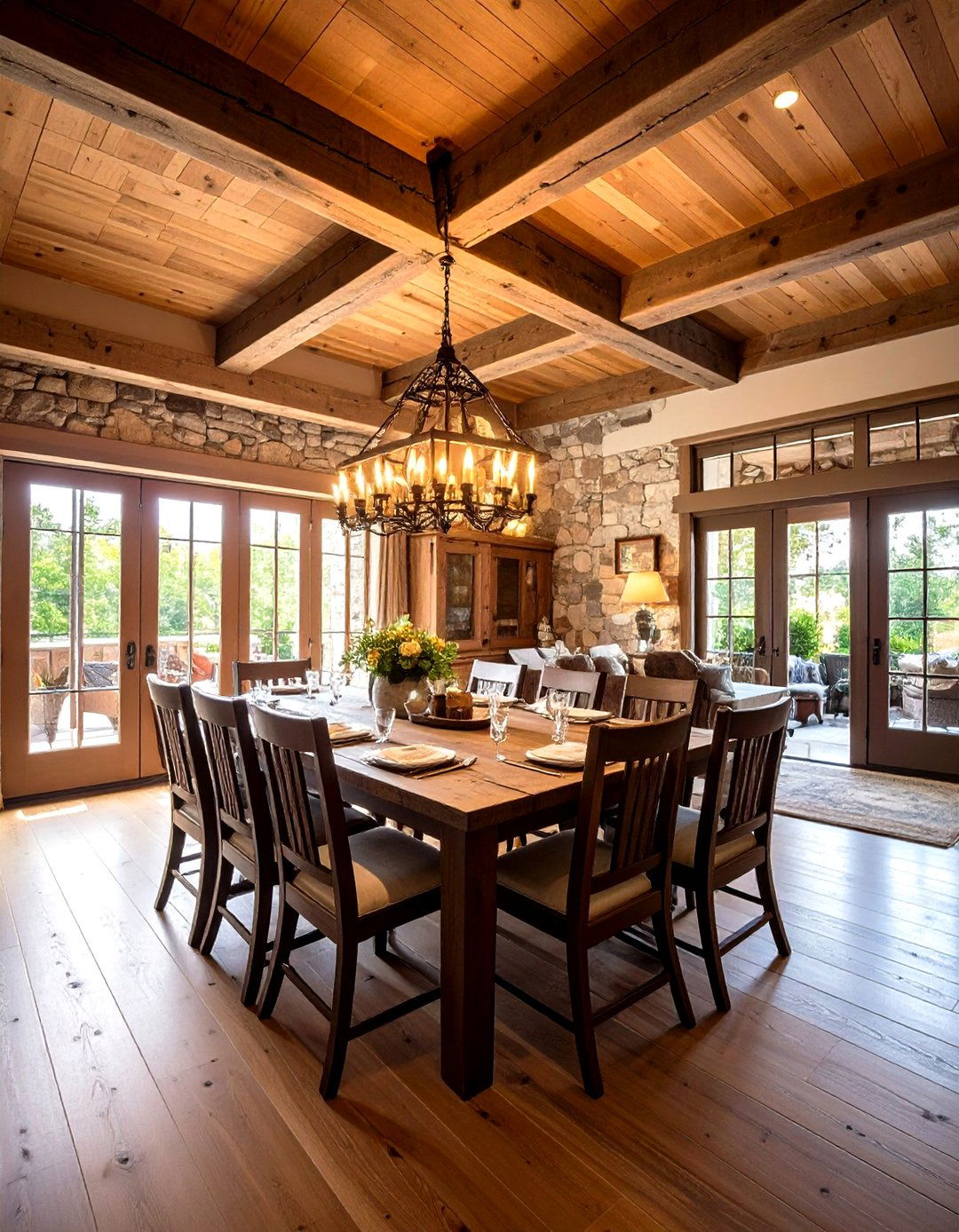
Underfoot, Tuscan style calls for natural materials that age beautifully. Terra-cotta tiles, brick pavers, or tumbled stone laid in irregular patterns become darker and more characterful over time. These surfaces pair ideally with hand-scraped beams overhead and statement antique pieces in the room, anchoring each space in the earthiness of the Italian countryside. Area rugs—such as vintage kilims or muted oriental designs—soften the look while adding subtle color and pattern, guiding the eye around the room.
6. Elegant Simplicity
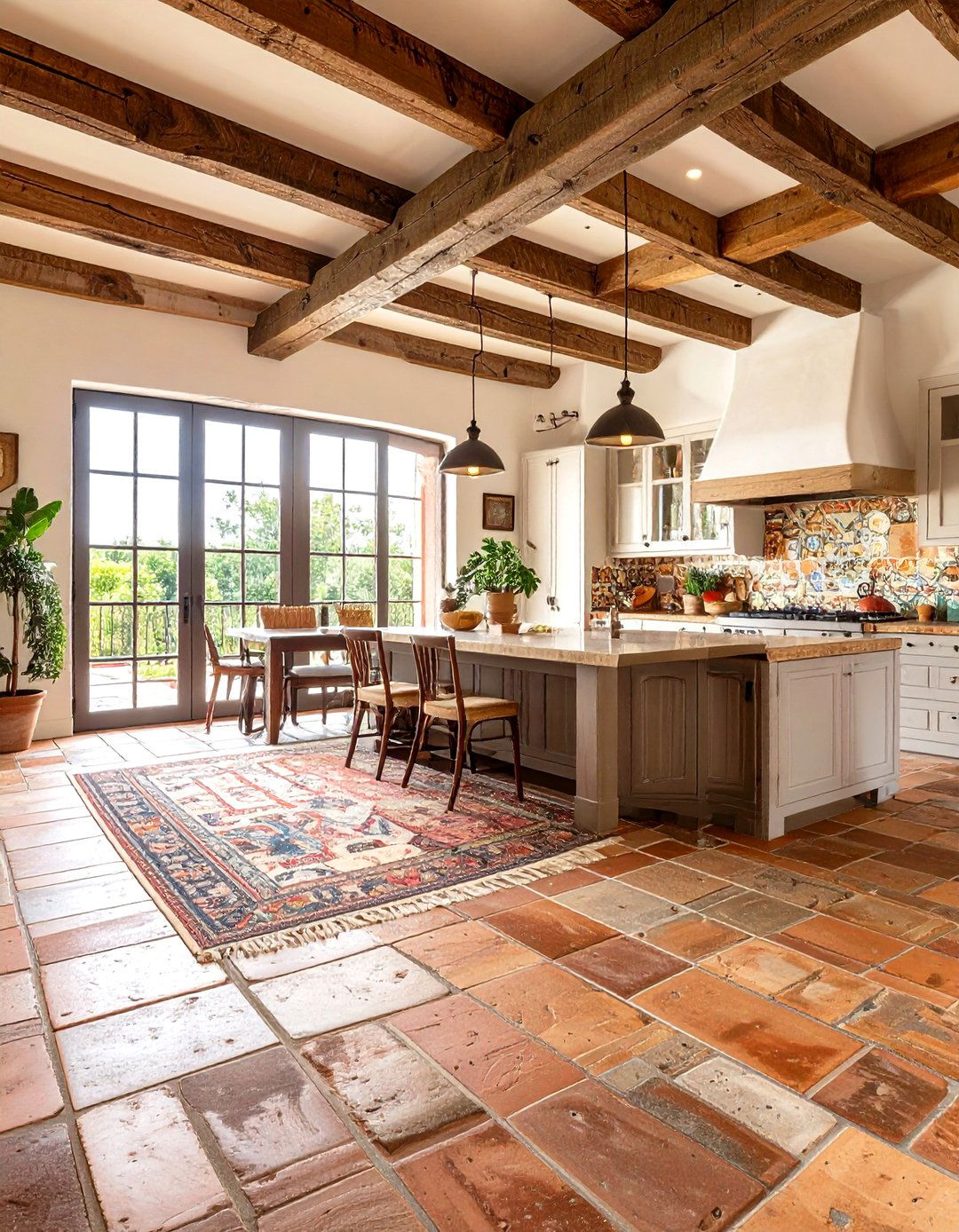
While Tuscan design feels plentiful, it sidesteps excess. Furniture and décor are chosen for both beauty and function, allowing each piece to shine without cluttering the space. A simple carved mirror, a wrought iron candelabra, or a single gilded-framed painting can elevate a room without competing for attention. Textiles—like linen drapes, raw-silk pillows, and loosely woven throws—add softness and contrast against harder surfaces, underscoring the balance between elegance and rusticity.
7. Pretty Details
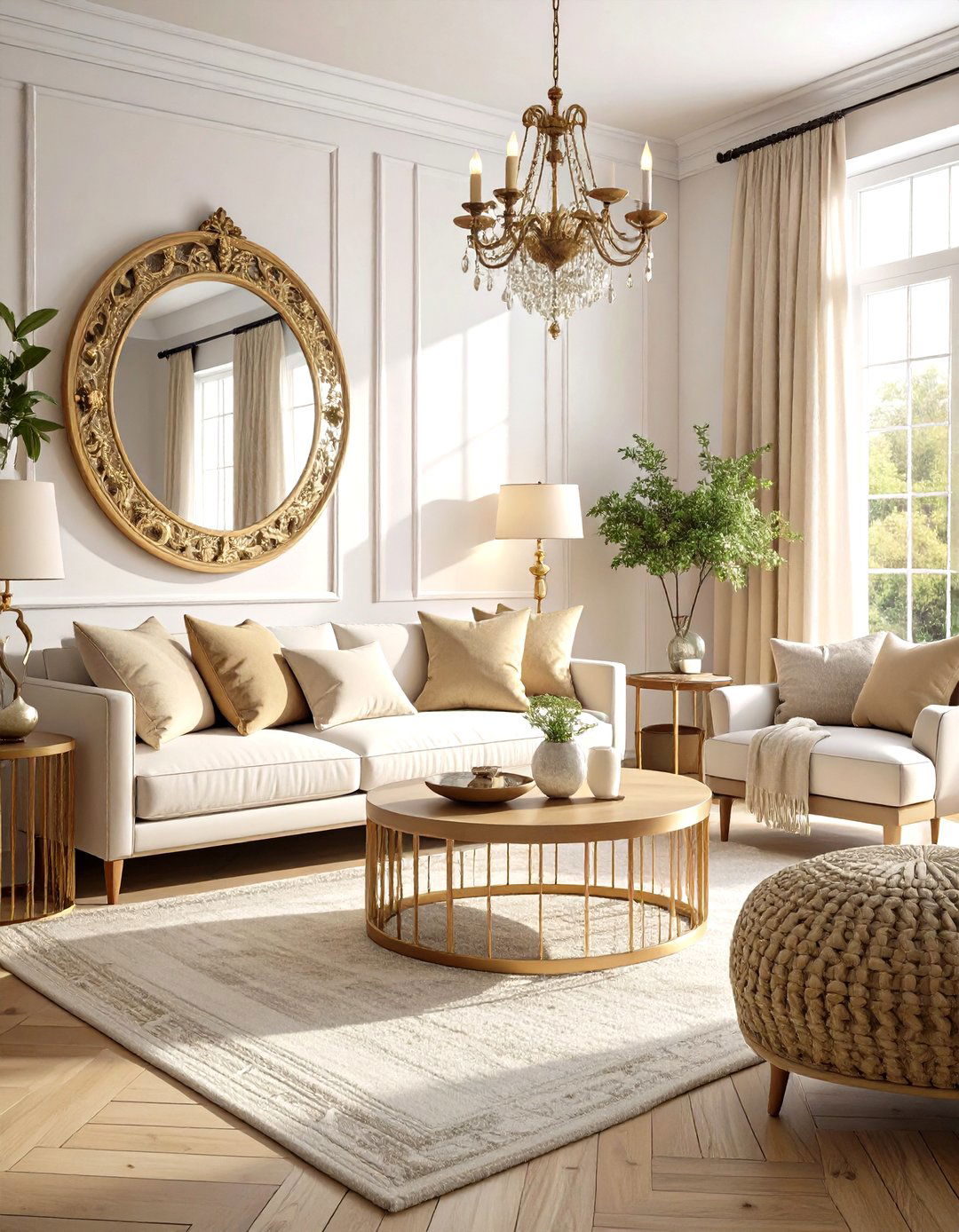
Functional furniture in Tuscan interiors often features artistic touches: carved wood motifs, painted floral accents, or gently curving wrought iron scrollwork. Door hinges and handles are oversized and hand-forged, while cabinet latches may take the shape of pastoral motifs. These details nod to the region’s artisanal past, when every household object was crafted with care. By interspersing these decorative flourishes sparingly, a room retains its airy simplicity while celebrating handcrafted beauty.
8. Textile Statements
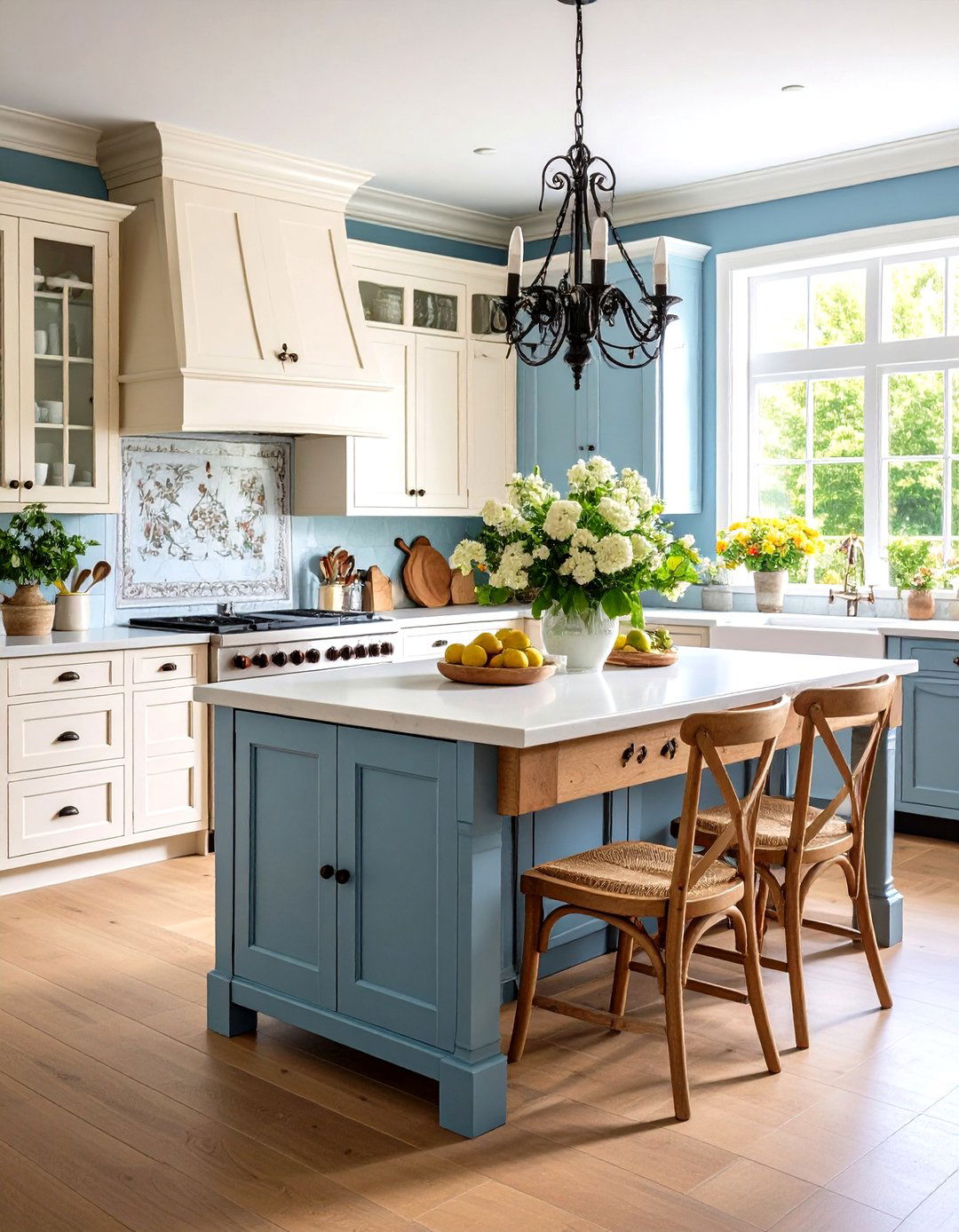
Warm tapestries and handwoven rugs are central to Tuscan decor, introducing color, texture, and narrative. Whether draped on walls or layered on floors, these textiles echo traditional Italian motifs—floral garlands, heraldic shields, and geometric borders—while providing visual warmth. Slipcovered sofas in natural fabrics, accented with patterned Italian velvets or embroidered cushions, further reinforce the region’s emphasis on inviting, tactile surfaces that encourage relaxation and conviviality.
9. Intimate Elegance
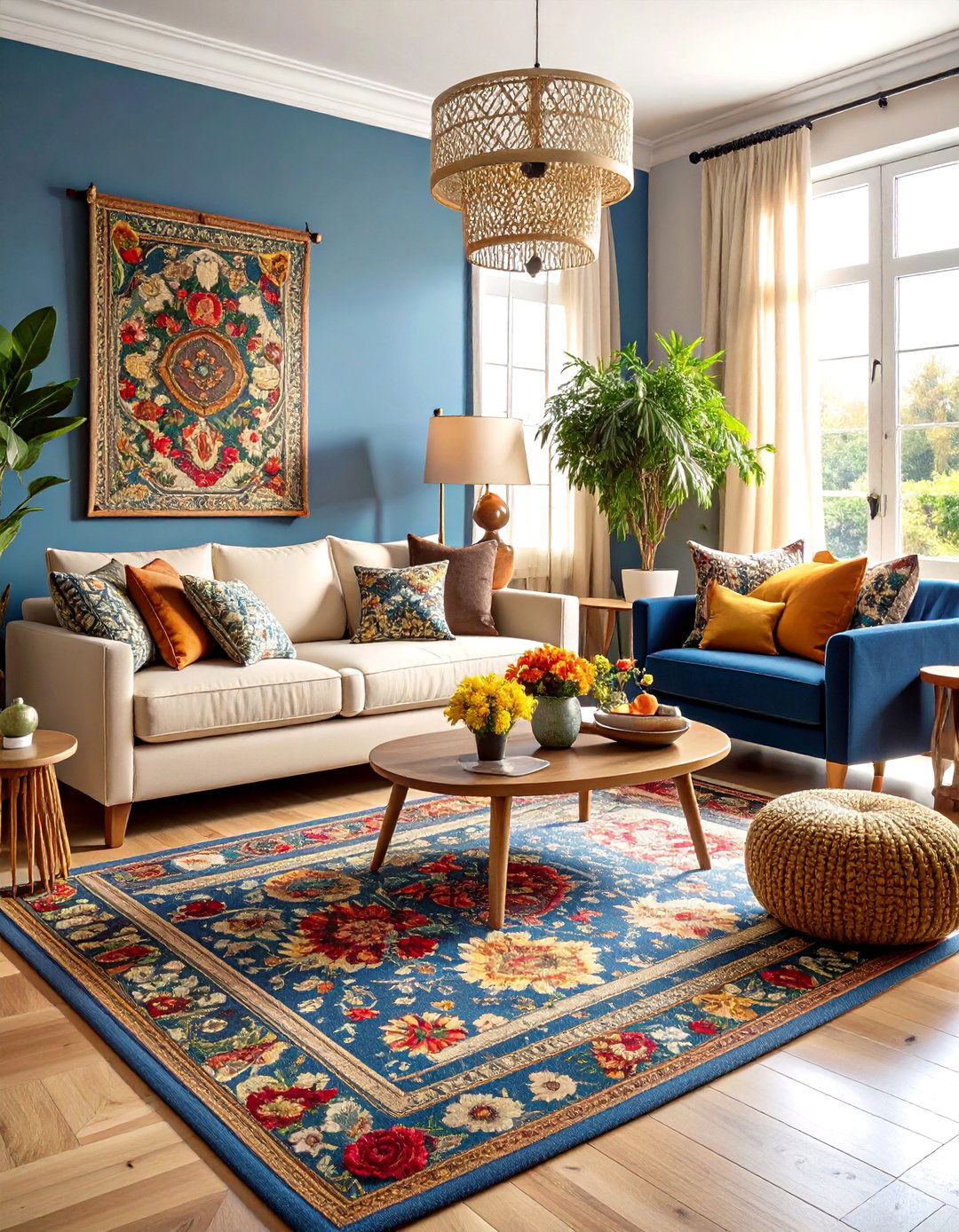
In smaller spaces—like reading nooks, breakfast corners, or guest bedrooms—Tuscan style becomes cozier. Draped fabric over vintage-style tubs, coordinating wallpaper and tile, and weathered stone floors create an enveloping “old-world” experience. Ornate fixtures are scaled appropriately: a petite wrought-iron chandelier, a carved marble sink, and delicate ceramic accents imbue intimacy without clutter, ensuring each small room feels like a cherished retreat within the larger home.
10. Old-World Charm
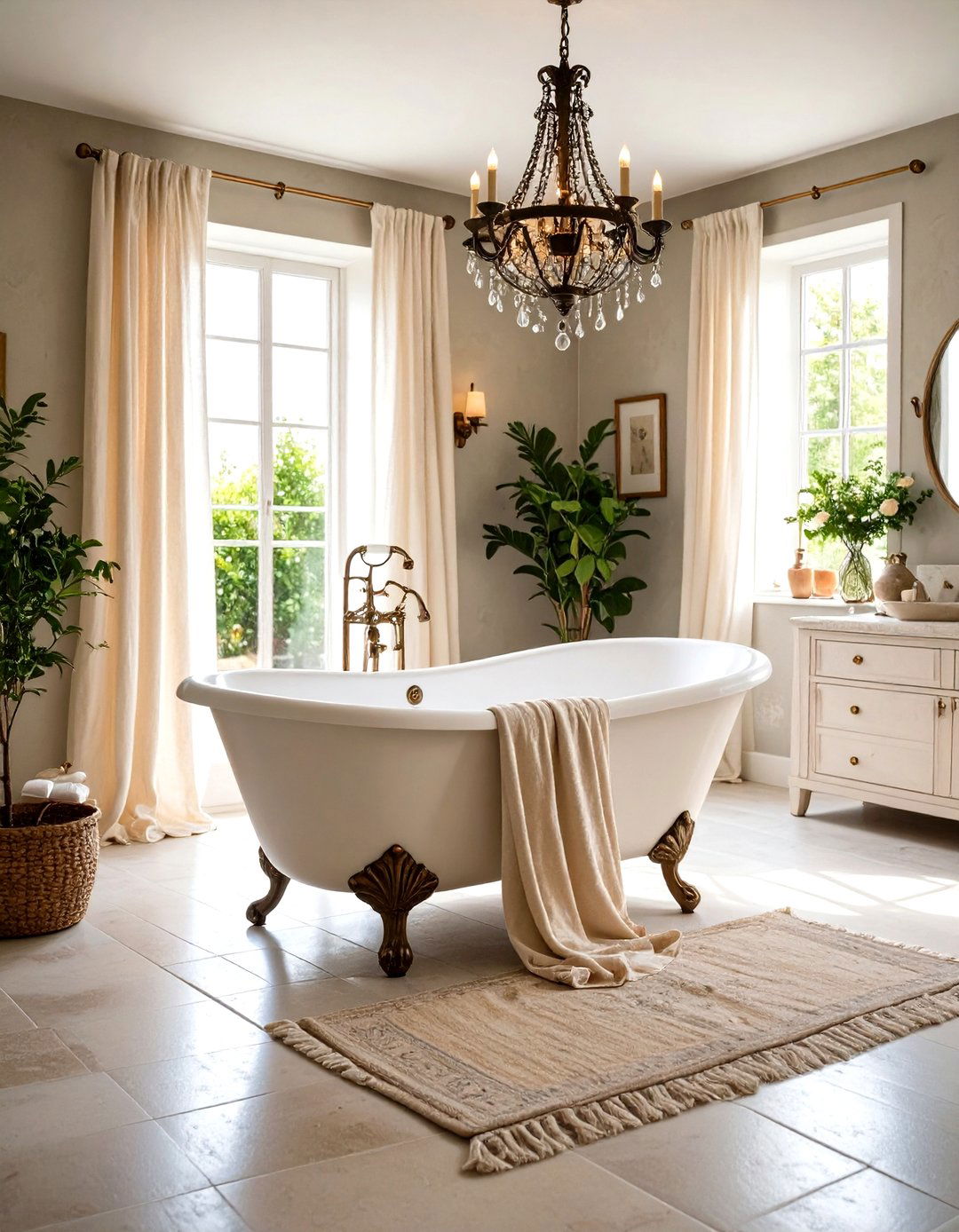
Architectural elements such as wood-paneled walls, coffered ceilings, and leaded-glass door panels transport interiors back to Renaissance Italy. These features add dimensionality and shadow play, inviting you to linger under their lofty embrace. Paired with antique or reproduction furniture, such as Tuscan-style buffets and caned chairs, these structural details reinforce a sense of continuity with historic European estates, anchoring modern living in a grand architectural tradition.
11. Exterior Spaces

True Tuscan living seamlessly extends outdoors. Stone terraces, wrought iron balustrades, and pergolas draped with wisteria or grapevines create shaded retreats. Terracotta pots brimming with sunflowers, lavender, or rosemary frame inviting seating areas, while rustic wooden tables and iron lanterns encourage alfresco dining. These transitional spaces blur the lines between interior and exterior, celebrating the temperate climate and fostering an enduring connection with nature.
12. Wrought Iron Accents
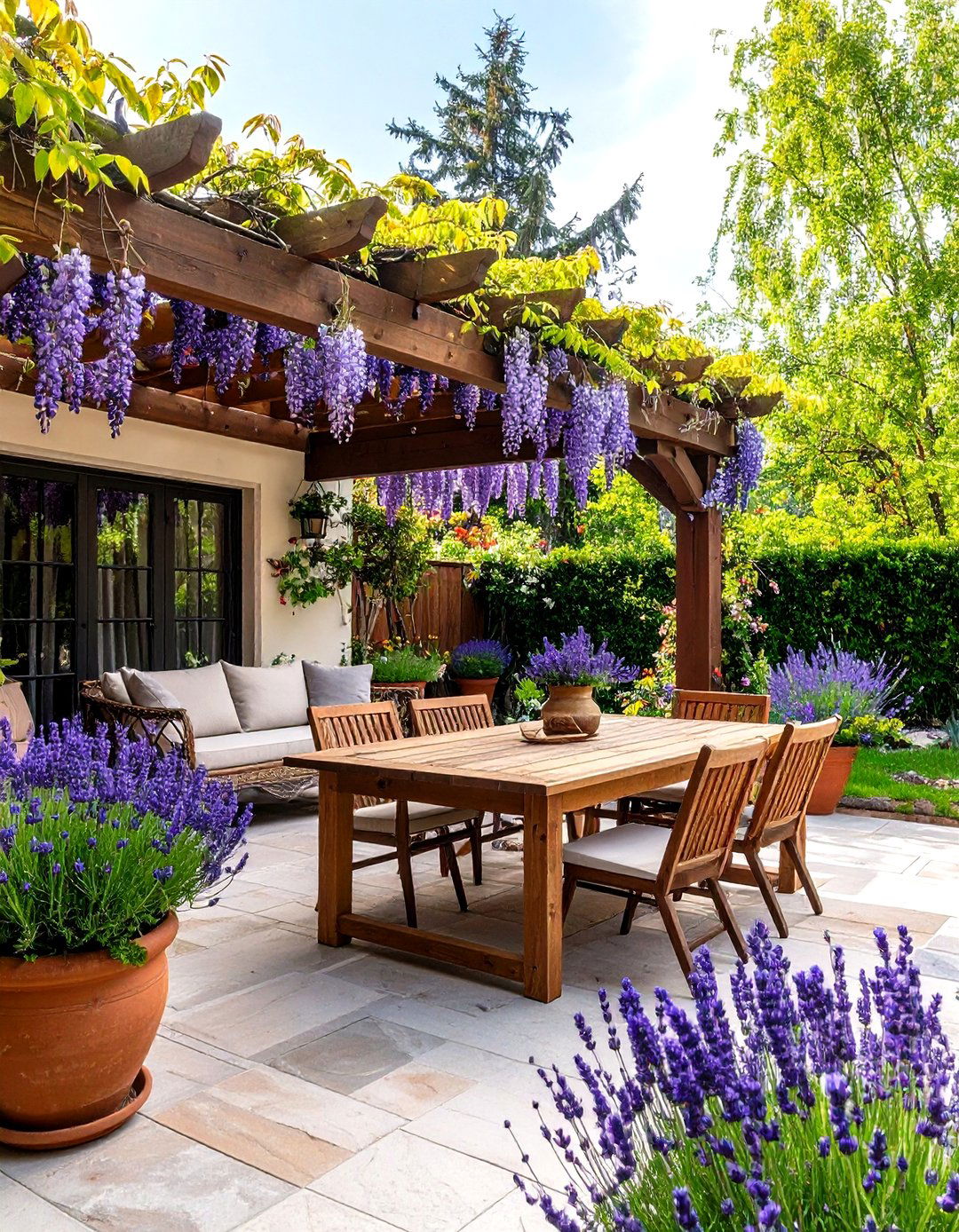
Wrought iron is ubiquitous in Tuscan design, from dramatic chandeliers to delicate cabinet hardware. Its versatility spans robust curtain rods and ornamental bed frames to rustic sconces and grillework on windows and doors. The material’s dark tonal quality contrasts beautifully with lighter stone or plaster, highlighting handcrafted lines and scrolls. Iron accents bring visual interest and structural balance, grounding airy spaces with their weighty, artisanal presence.
13. Arched Doorways and Windows
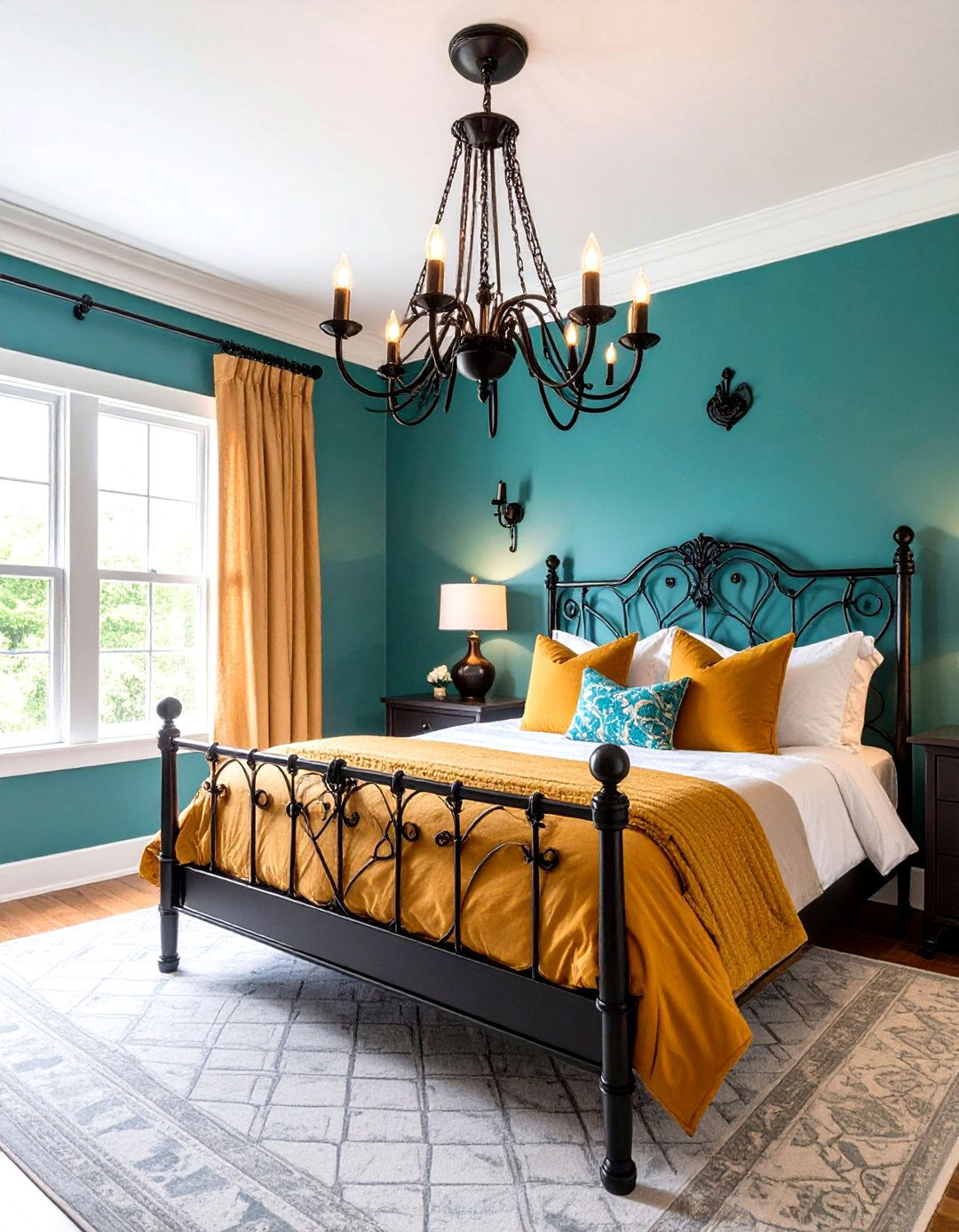
Graceful arches are signature elements in Tuscan architecture. Whether framing entryways, interior passages, or window openings, the soft curves introduce flow and continuity through the home. Arches echo the silhouette of rolling Tuscan hills and support vaulted ceiling profiles. In modern adaptations, steel or wood-framed arched windows flood rooms with light while maintaining traditional form, reinforcing an aesthetic that feels both grand and welcoming.
14. Terracotta Pots and Planters

Large terracotta pots and earthenware planters infused with aged patina bring the warmth of Tuscany indoors. Displaying olive trees, aromatic herbs, or flowering geraniums, these vessels serve as living décor that softens stone and plaster backdrops. Grouped in clusters or flanking architectural features, they create verdant focal points. Ceramic amphorae—whether genuine antiques or artisanal replicas—add sculptural drama and underscore the region’s agricultural heritage.
15. Fresco-Inspired Wall Treatments
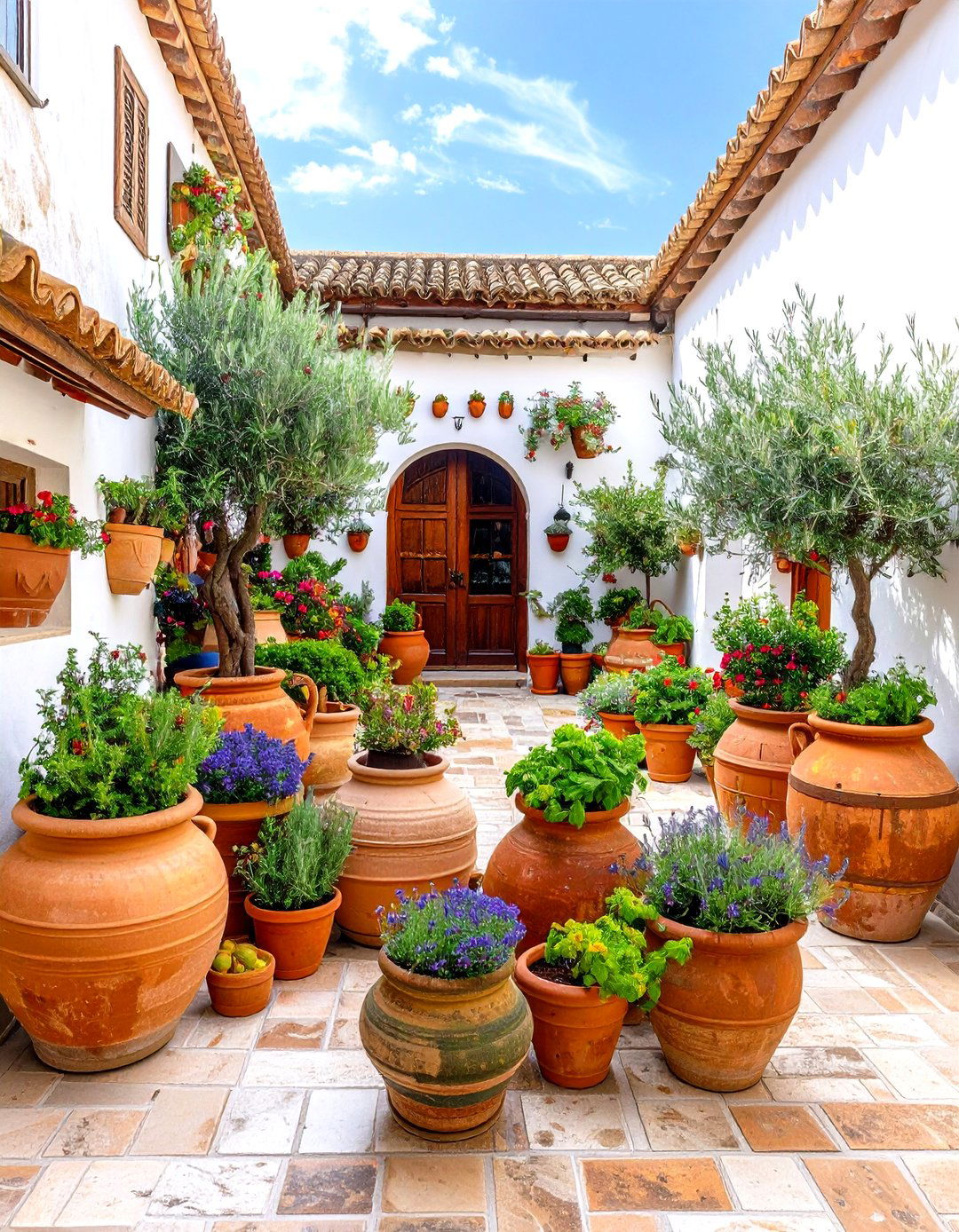
Revive the artistry of Italian frescoes with stenciled or hand-painted murals. Murals depicting pastoral scenes, classical motifs, or tonal plaster effects introduce an authentic “aged” look reminiscent of villa interiors. Alternatively, modern graphic interpretations in muted palettes can honor the technique while aligning with contemporary tastes. Textured wall treatments offer a bespoke canvas that reflects light differently across its surface, infusing rooms with historical resonance and artistic depth.
16. Statement Chandeliers
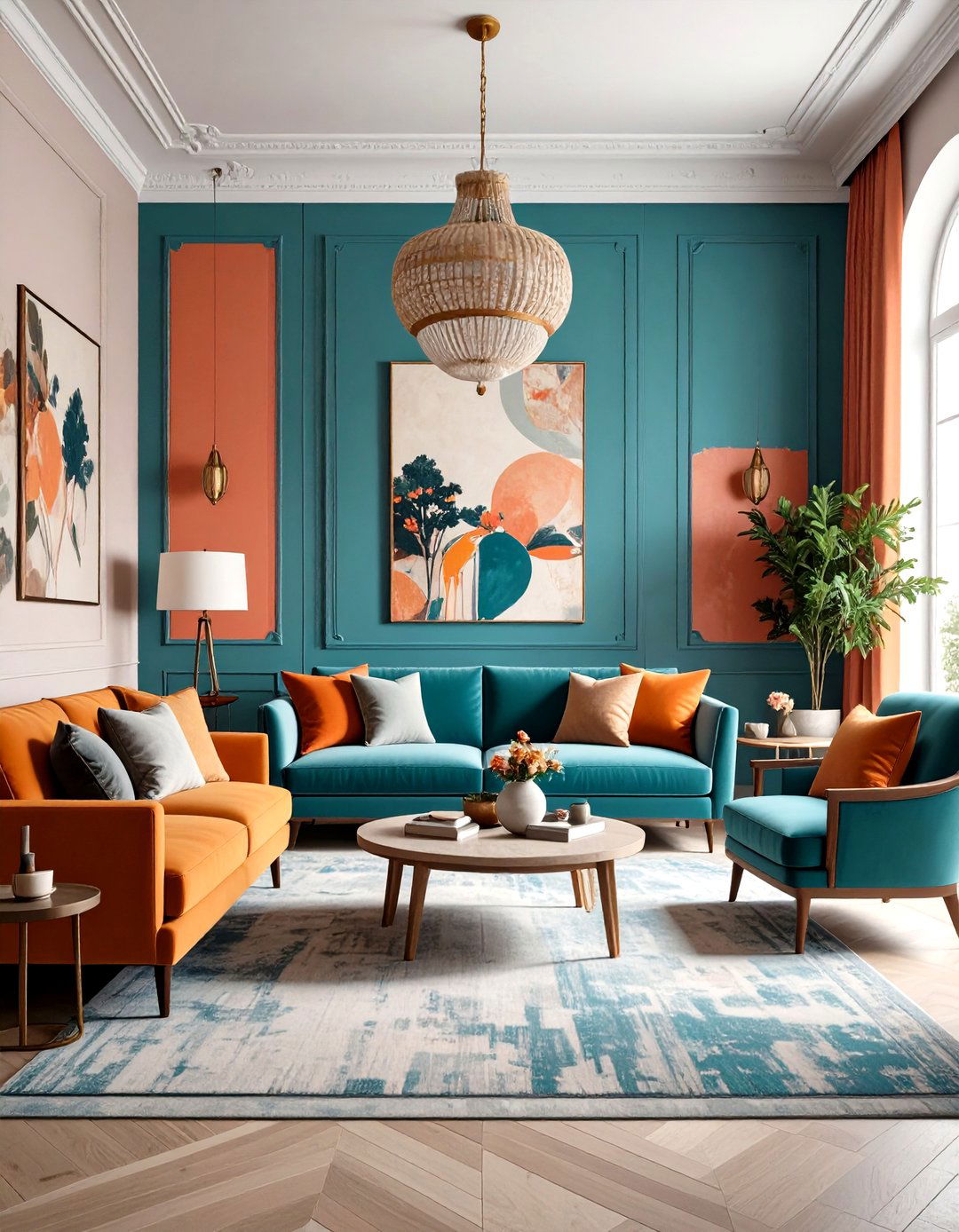
A sweeping wrought-iron chandelier—often adorned with candle-style lights—commands attention in dining rooms and entry halls. These fixtures blend scale with intricate craftsmanship, their sweeping curves echoing ceiling beams and arches. For a softer look, consider a chandelier with glass orbs, fabric shades, or crystal drops set in iron frames, marrying rustic metalwork with touches of refined sparkle. Regardless of style, the chandelier becomes both light source and sculptural centerpiece.
17. Barrel-Vaulted Ceilings
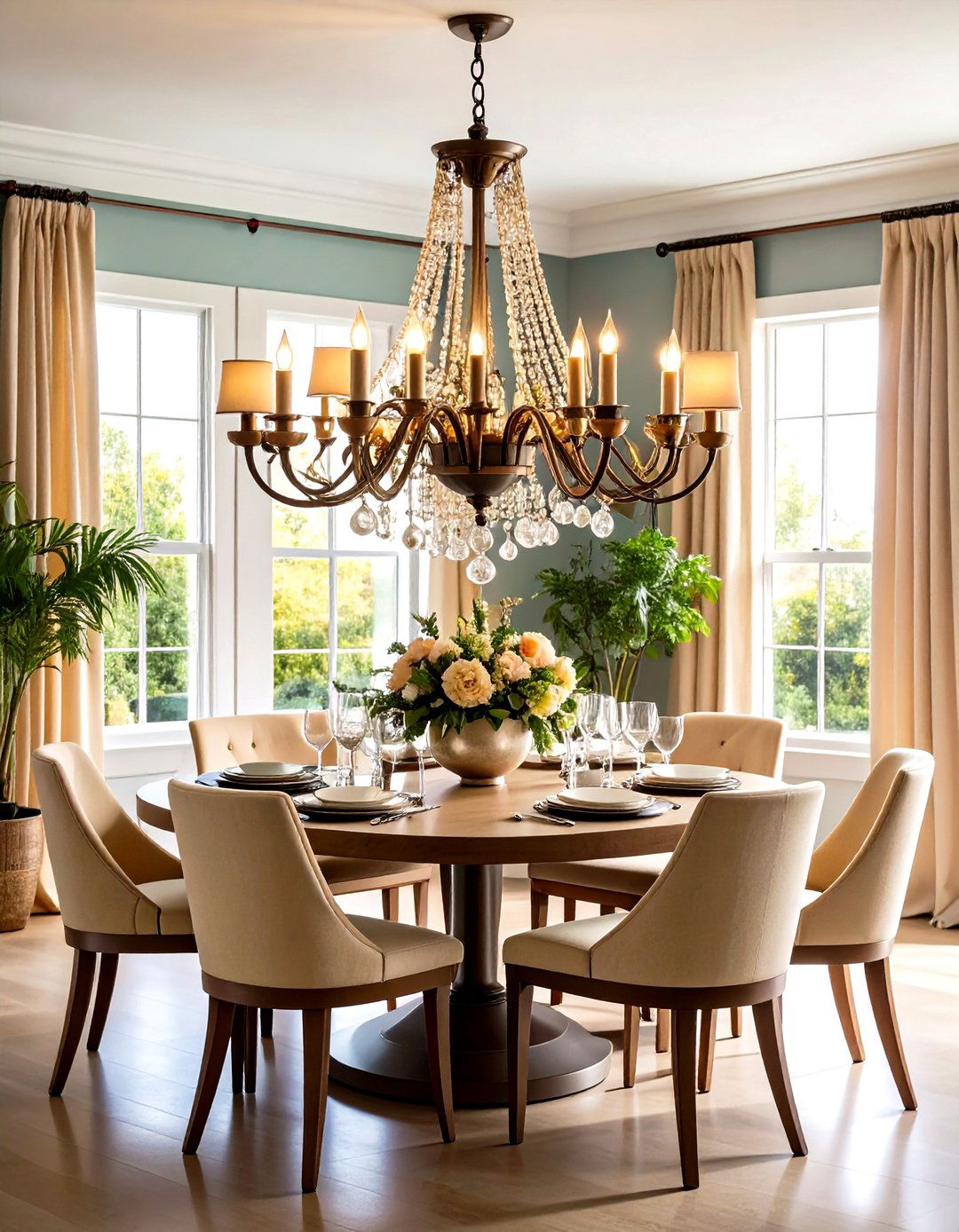
Barrel vaults—semi-cylindrical arches extending across a room—create a sense of procession and grandeur. In Tuscan villas, these vaults are often clad in exposed terracotta brick or stone, lending structural authenticity. Modern interpretations may feature plastered vaults accented by understated wood beams, preserving the arch’s form while adapting to contemporary construction methods. The continuous curve adds architectural drama, guiding the eye along its expanse and enhancing acoustic resonance within the space.
18. Stone Fireplace Focal Point
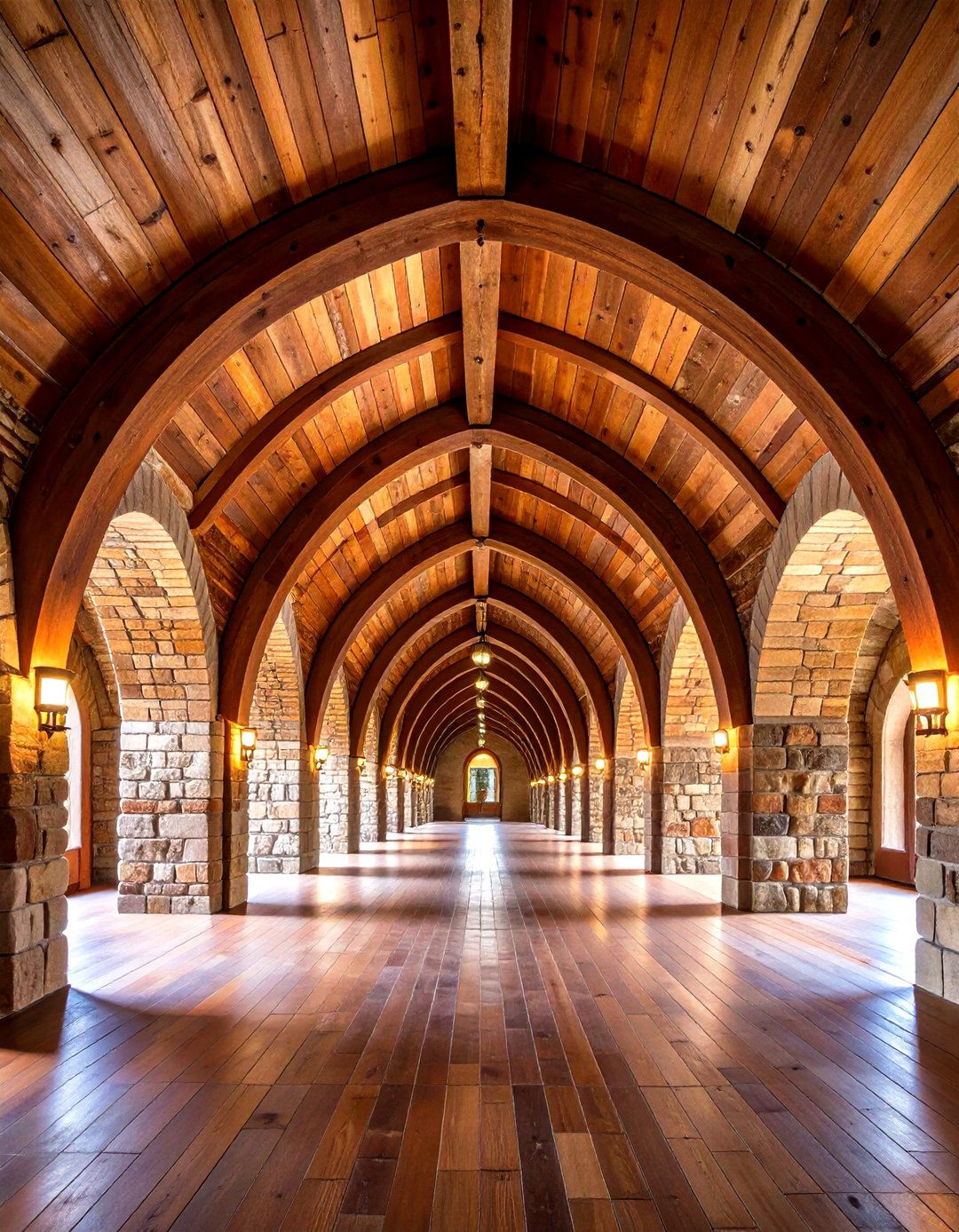
No Tuscan living room is complete without a commanding stone fireplace. Often built from local fieldstone or limestone, these hearths feature deep hearths and oversized mantels that beckon gathering. Above the mantel, simple decorative niches or an arched opening create display space for pottery or botanical arrangements. The fireplace’s rugged texture and warmth—both visual and literal—anchor seating areas, fostering communal warmth and harkening back to the region’s agrarian roots.
19. Hanging Copper Accents
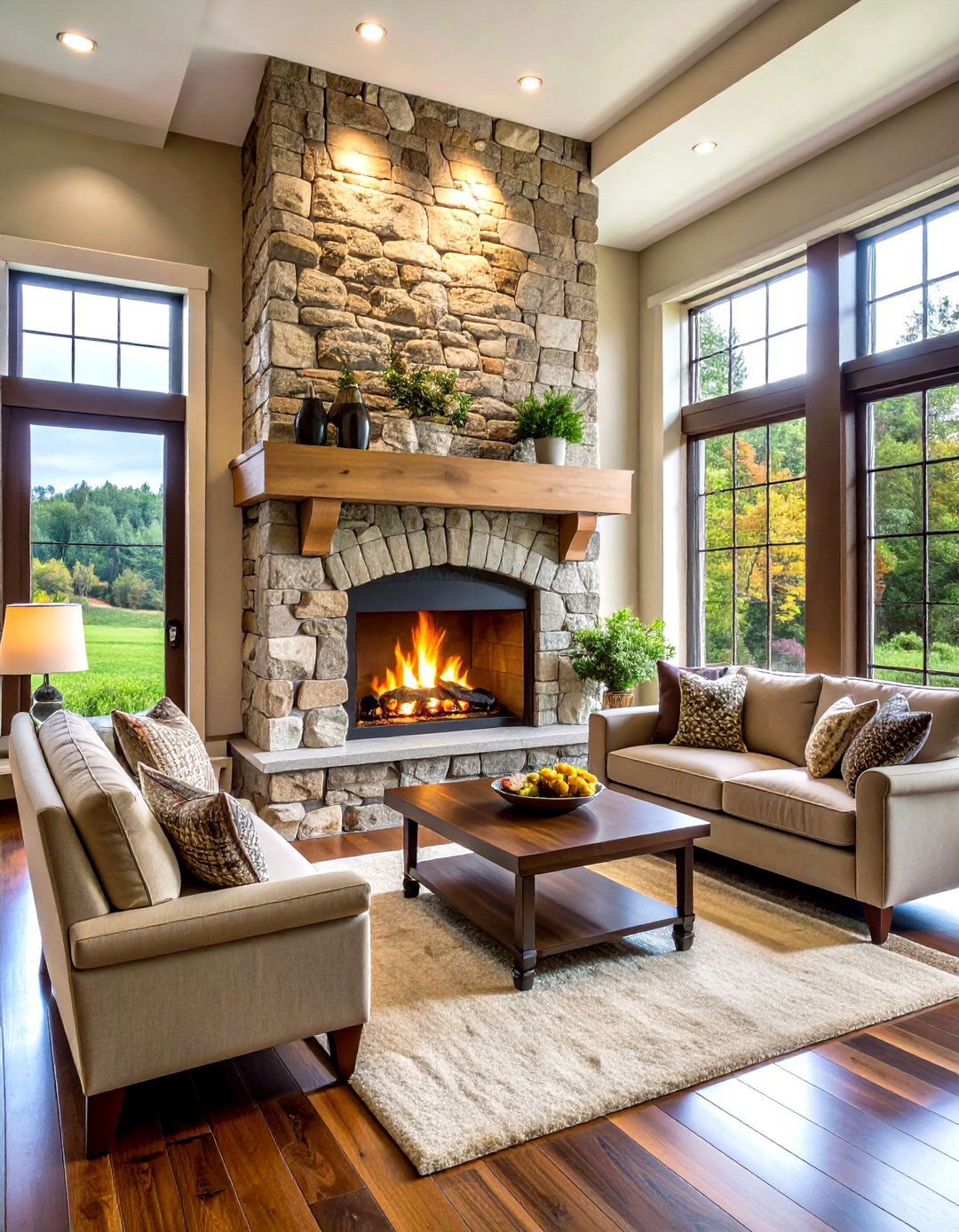
Copper vessels—ranging from hanging pots in the kitchen to decorative bowls and urns—infuse spaces with a warm metallic glow. Over time, copper develops a soft patina that enhances its organic appeal. In kitchens, suspending copper cookware from iron racks keeps utensils within easy reach while serving as functional décor. Elsewhere, copper lanterns, mirror frames, or tabletop accents introduce a lustrous counterpoint to stone and wood elements, reinforcing the handcrafted aesthetic.
20. Indoor-Outdoor Living Integration

Loggias, covered patios, and arched porticos blur the boundary between inside and out. Sliding or folding glass doors open living areas onto terraces, allowing fresh air and light to permeate. Outdoor kitchens—complete with stone counters and wrought-iron fixtures—enable seamless entertaining. Furnishings echo interior palettes, using weather-resistant materials in earthy hues. This fusion of spaces celebrates Tuscany’s temperate climate, inviting relaxation and conviviality in every corner of the home.
Conclusion:
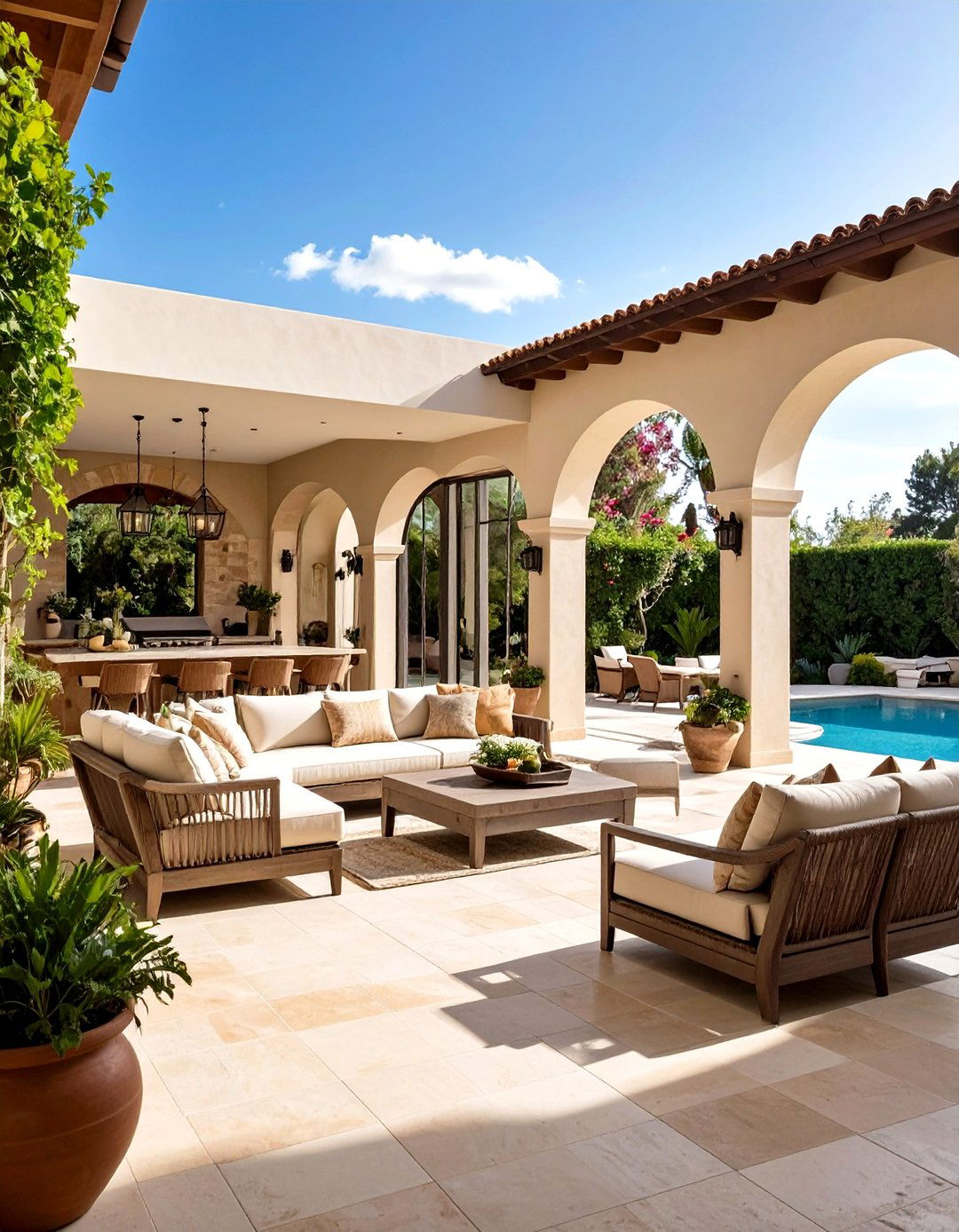
Tuscan interior design masterfully blends elemental materials, artisanal craftsmanship, and a warm, earthy palette to create spaces that feel both historic and welcoming. By layering textured finishes, integrating architectural features such as vaults and arches, and selecting furnishings that honor time-honored techniques, you can evoke the spirit of Italy’s countryside. Whether through statement chandeliers, fresco-inspired walls, or terracotta-adorned exteriors, each element contributes to an atmosphere of rustic elegance and enduring comfort. In embracing these ideas, your home transforms into a timeless retreat, where beauty and authenticity converge seamlessly.



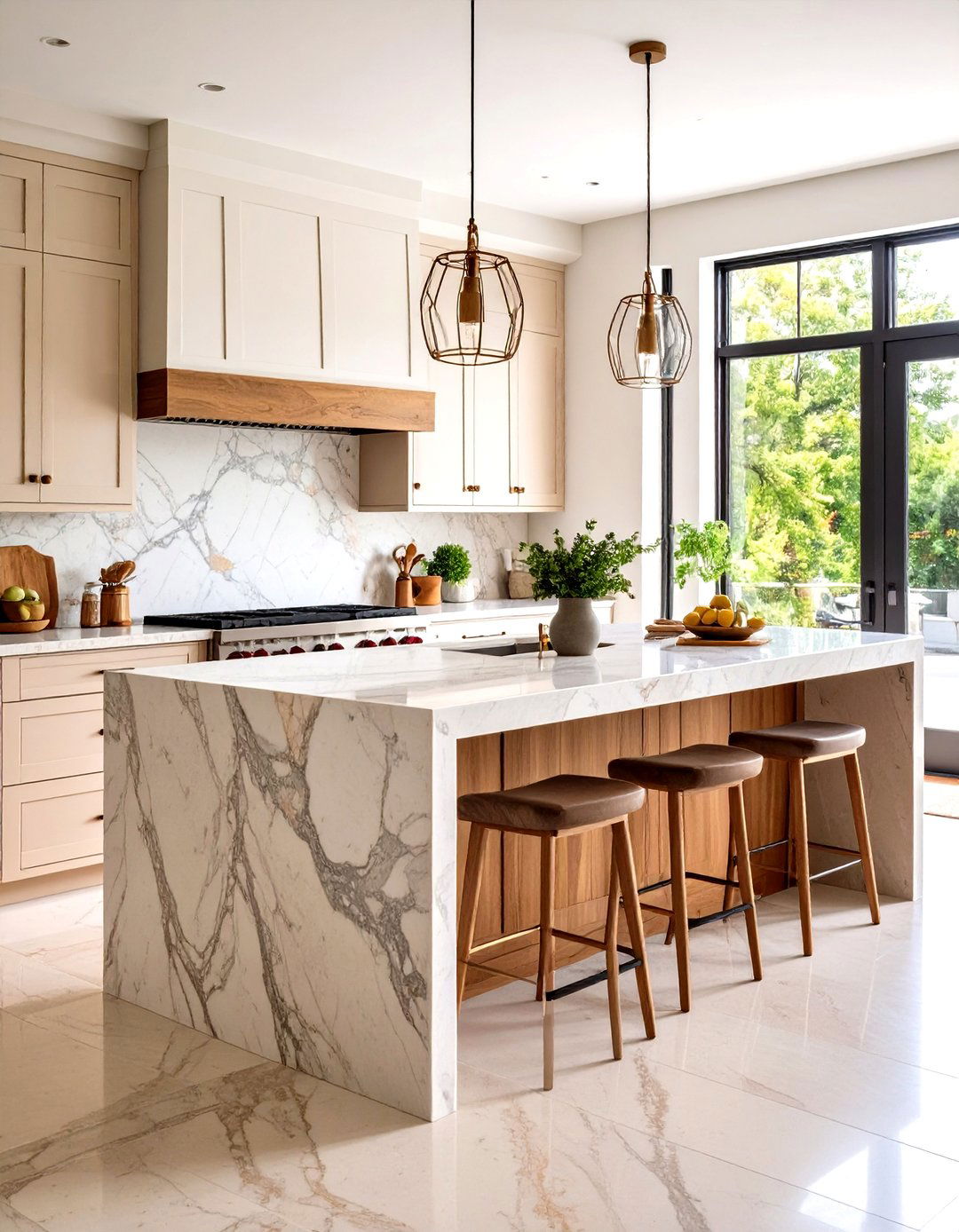
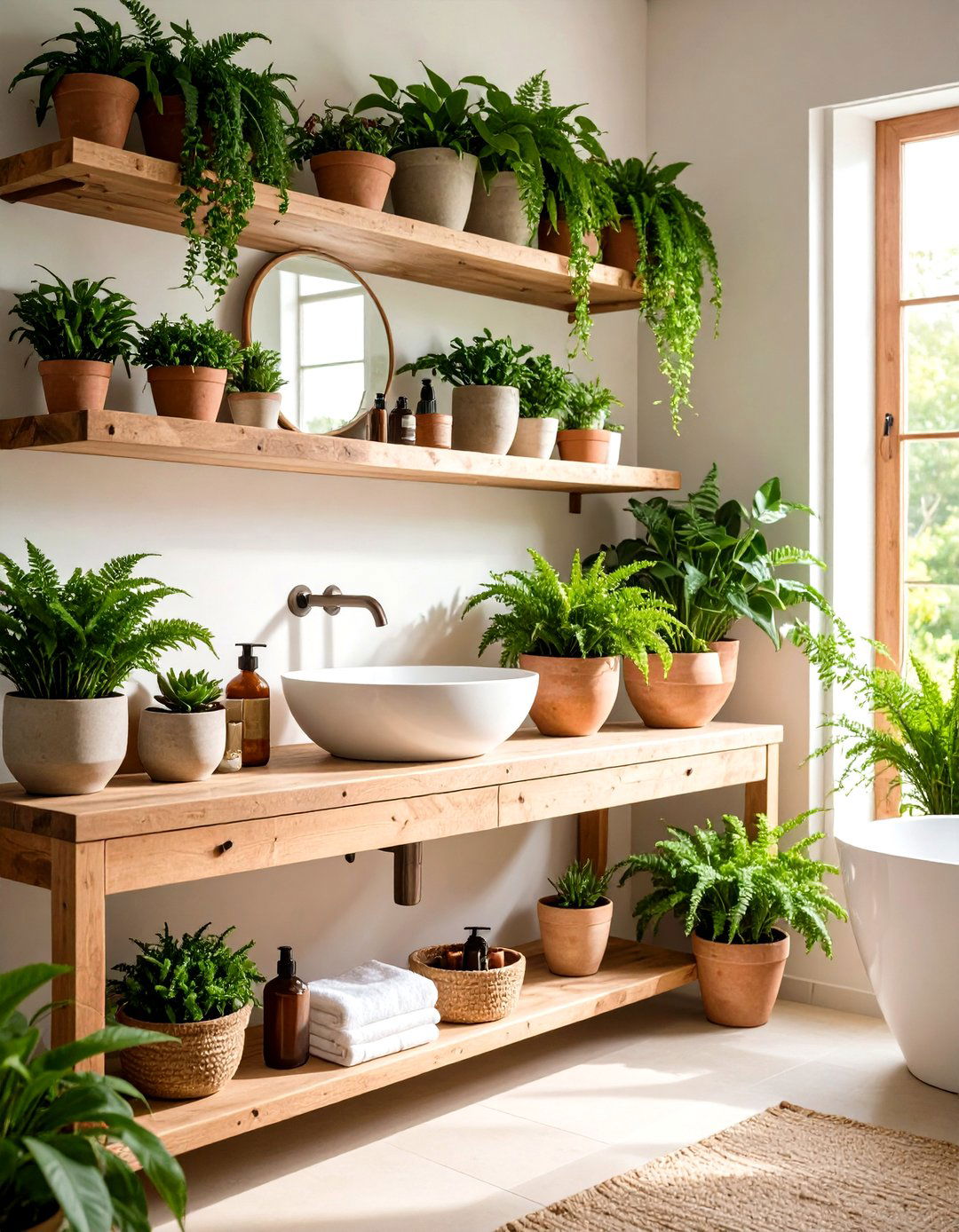

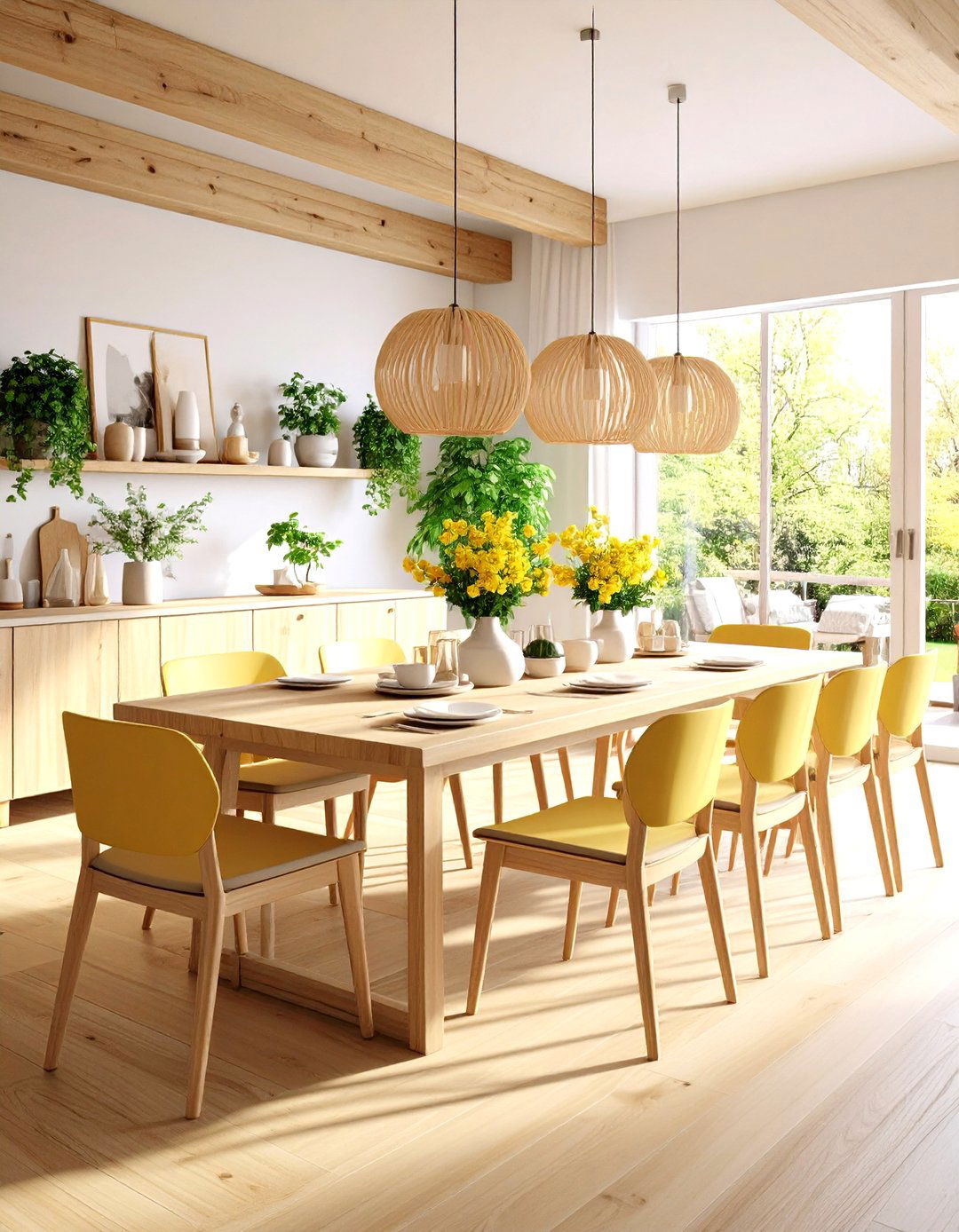
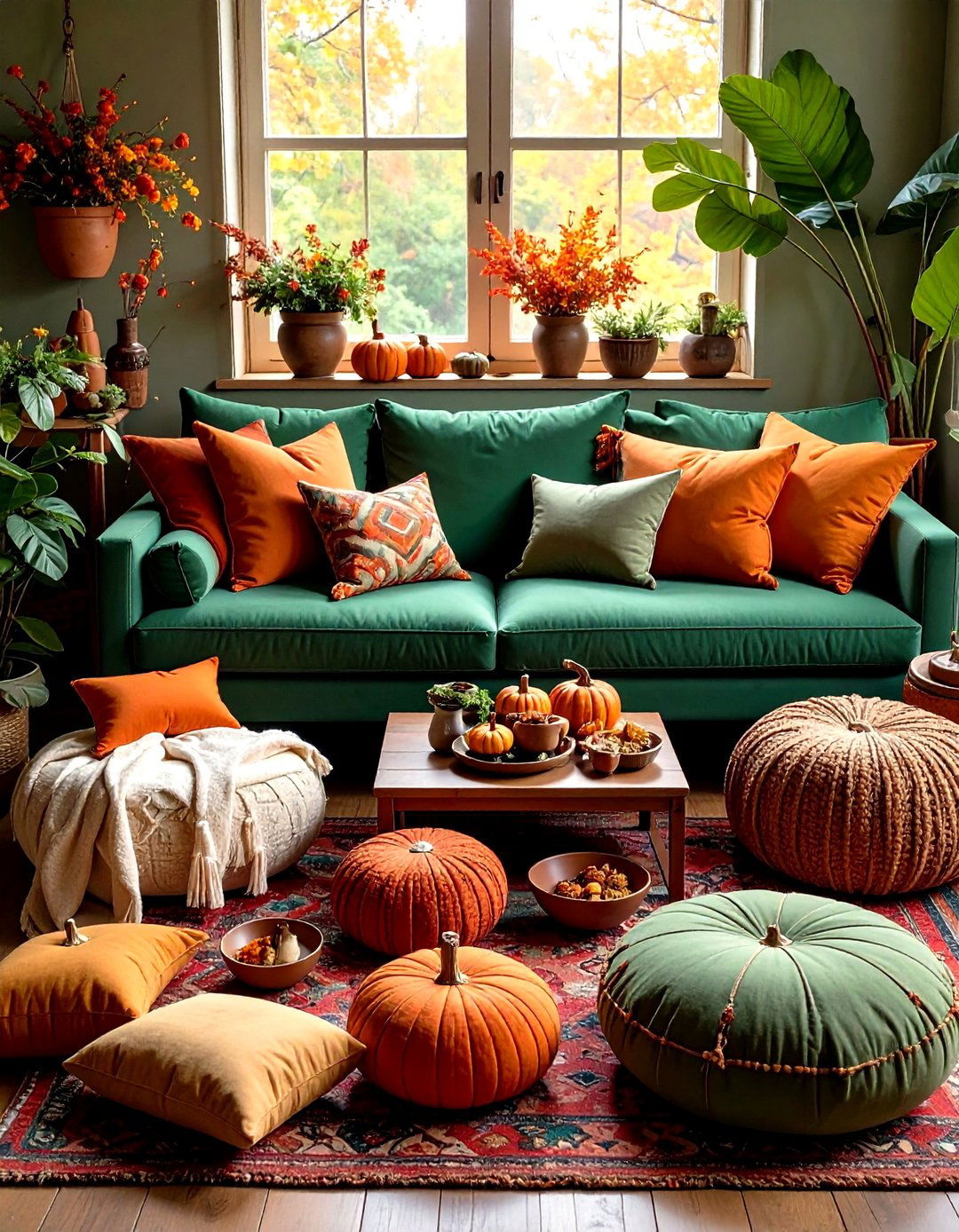

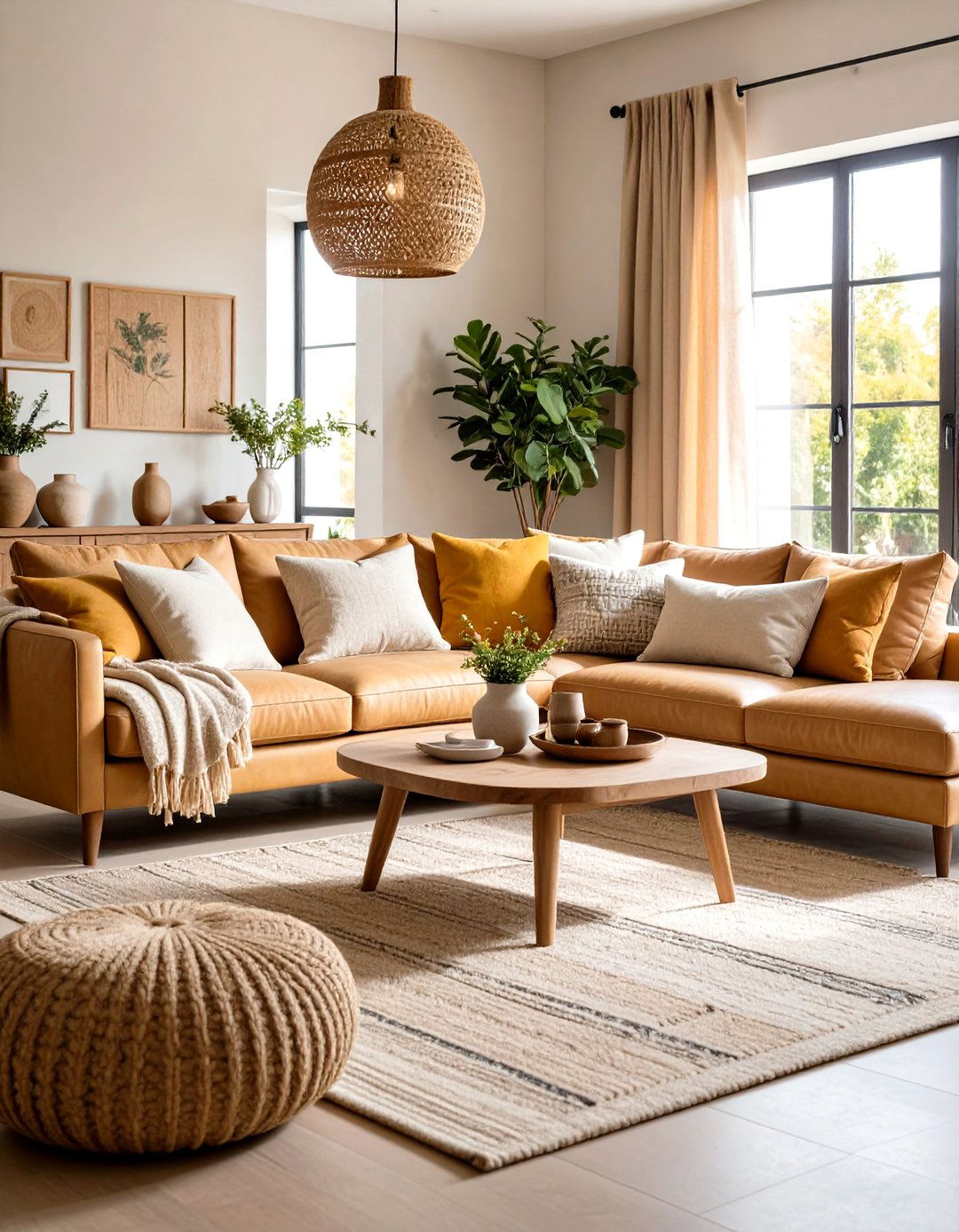
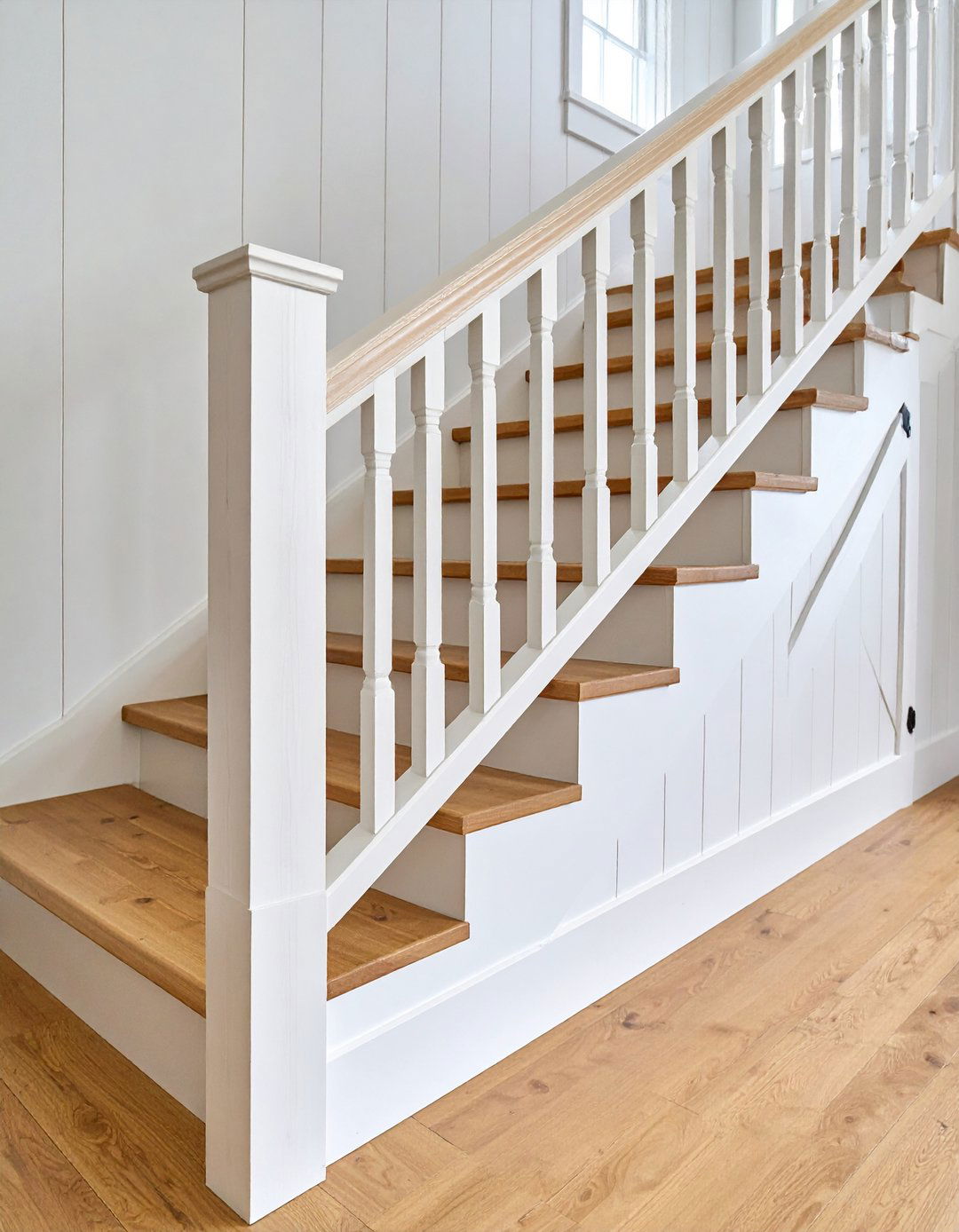
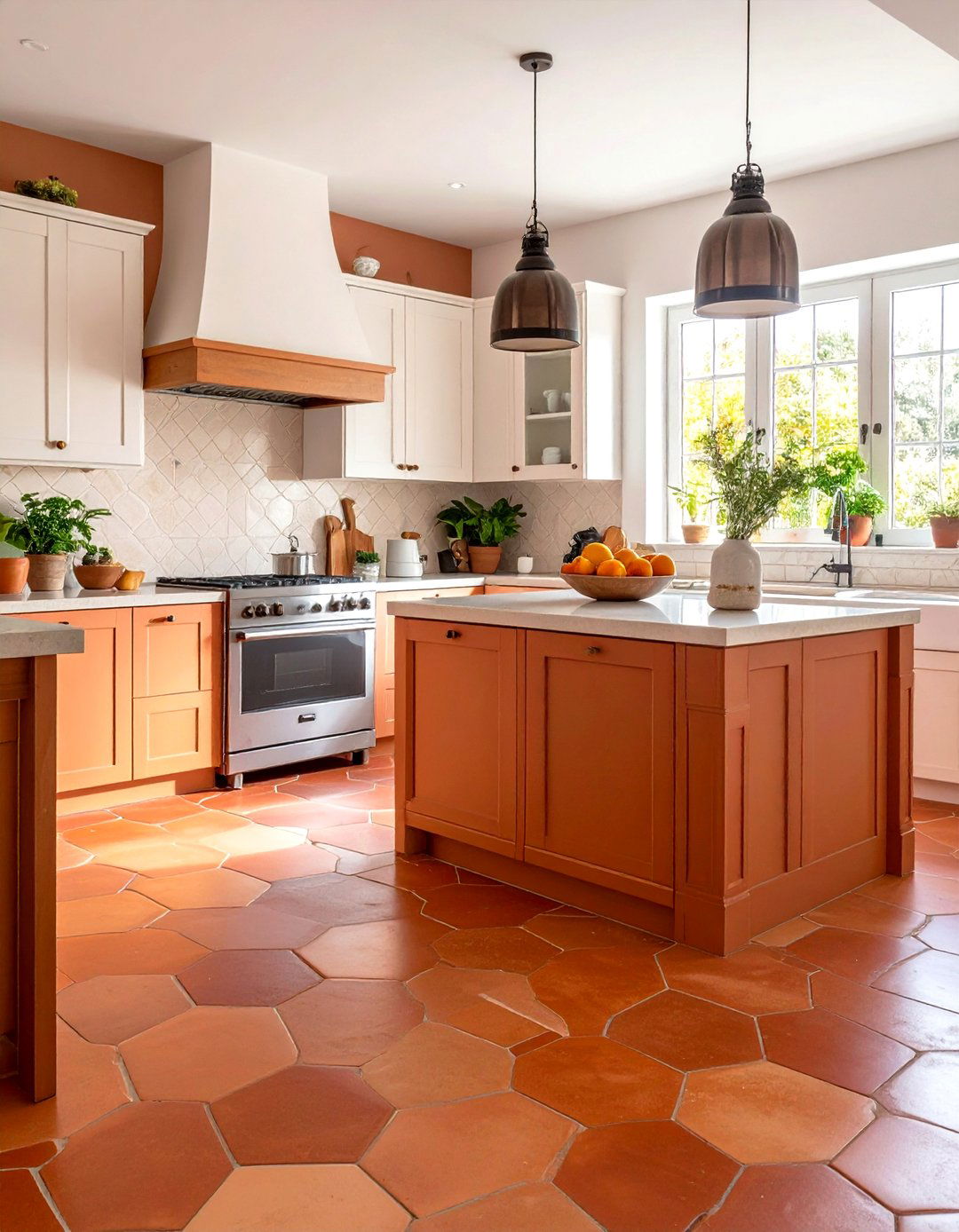
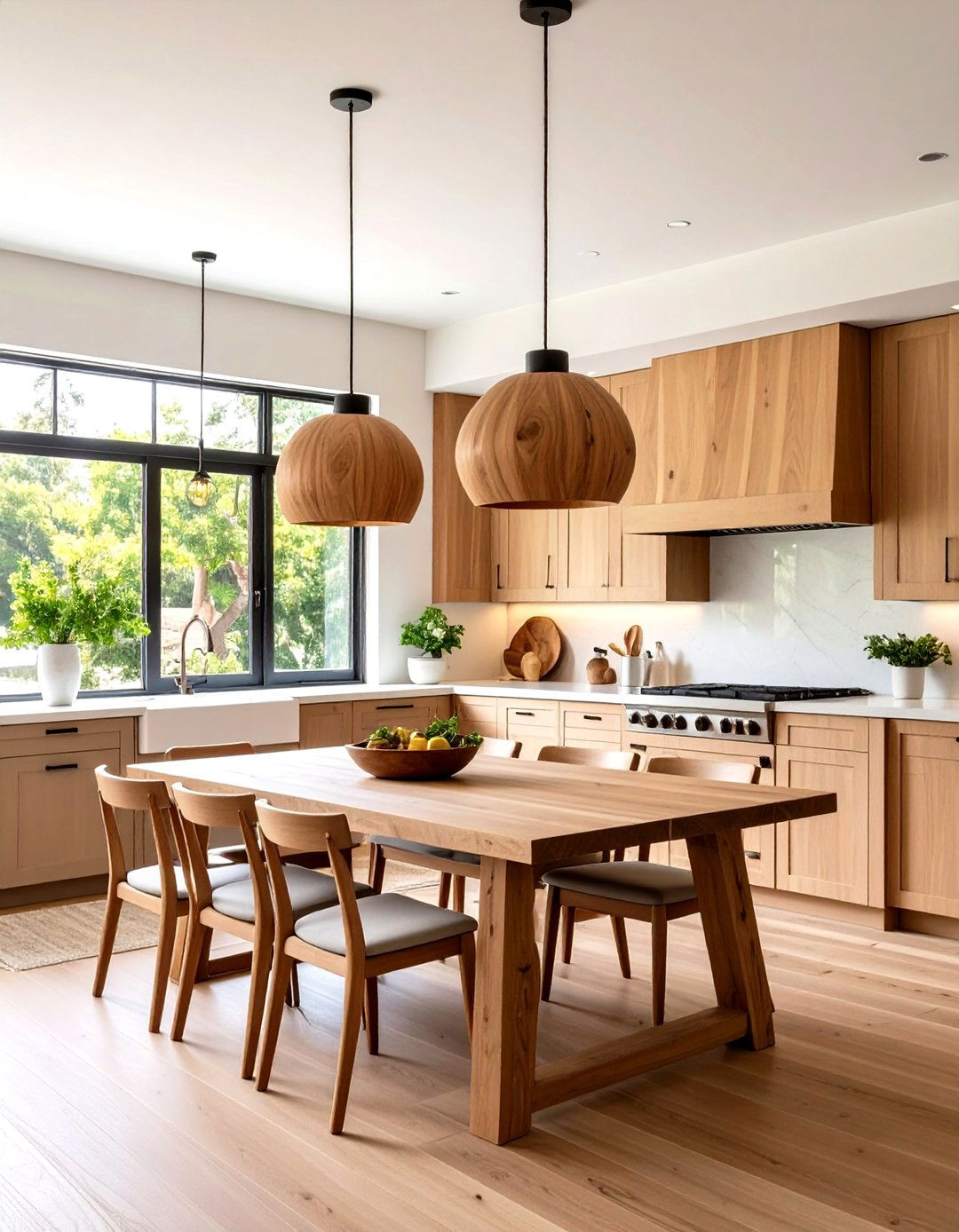
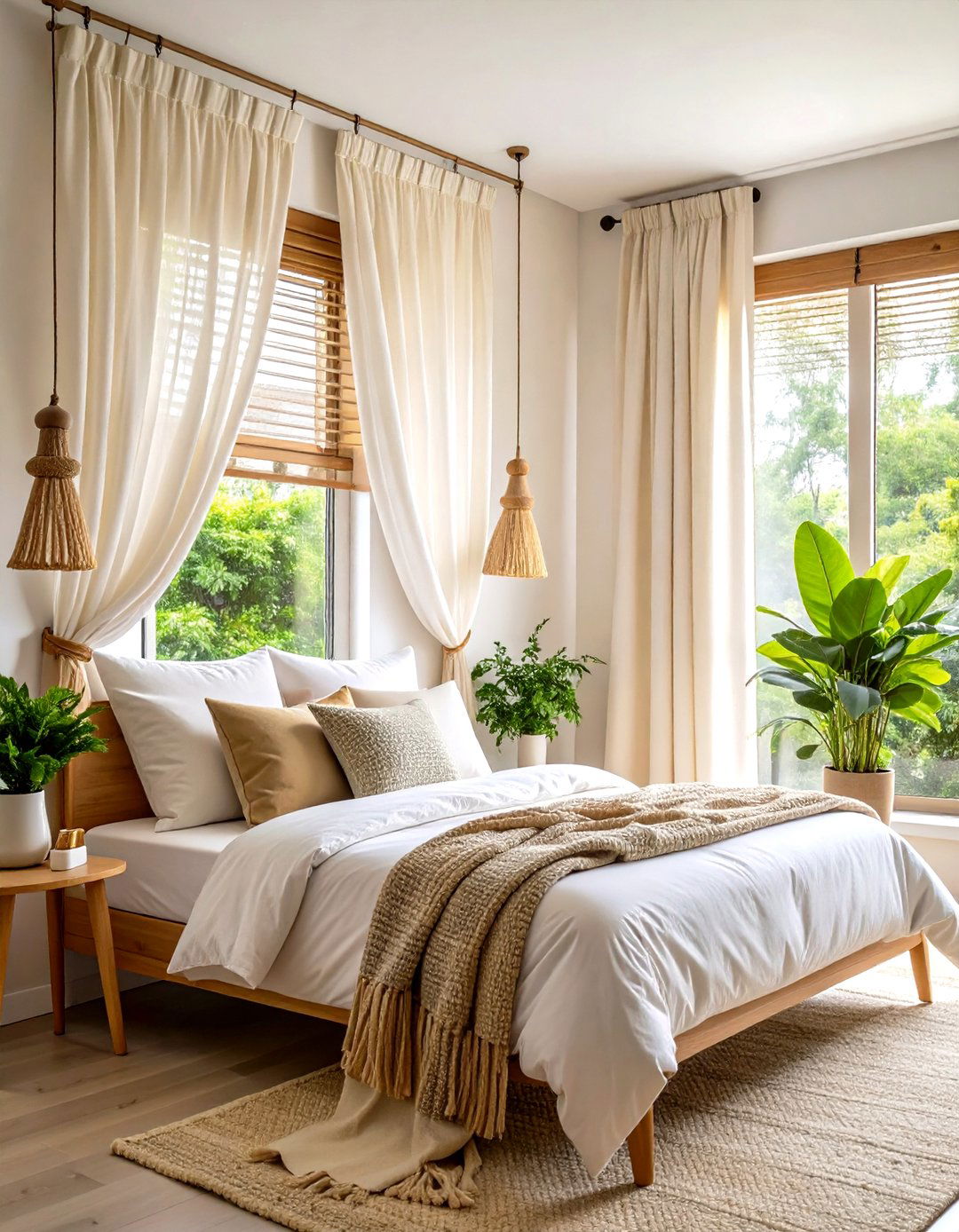
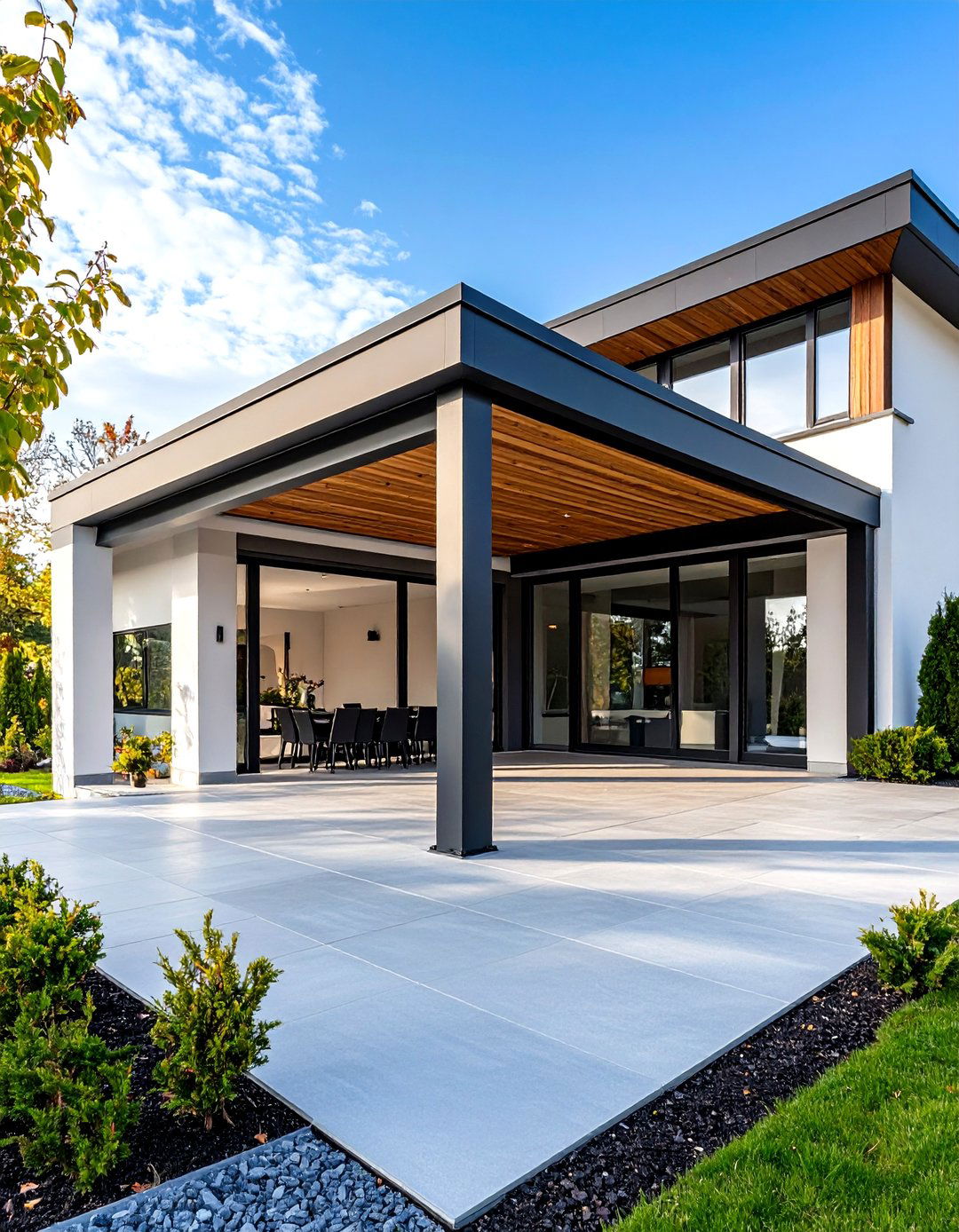
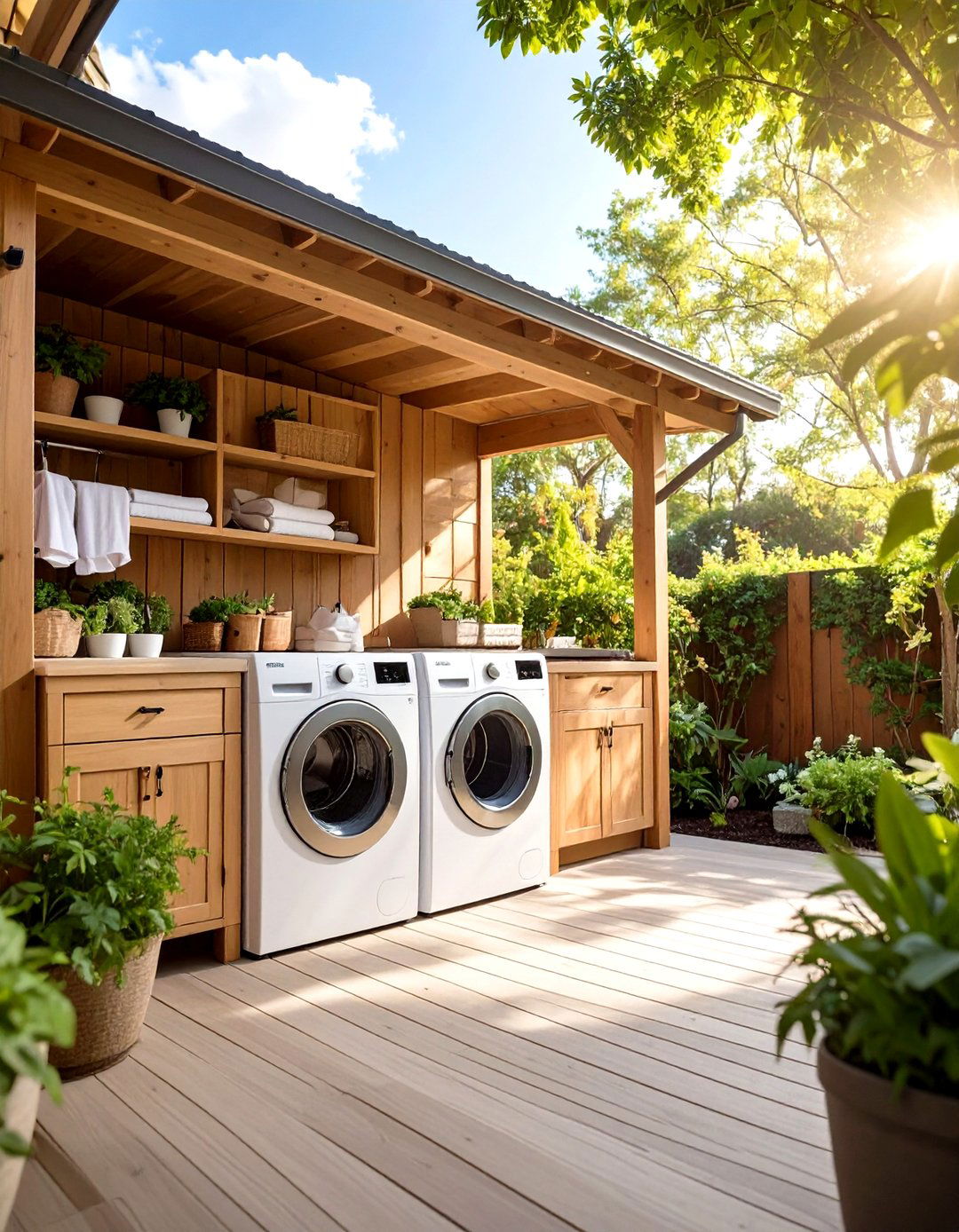
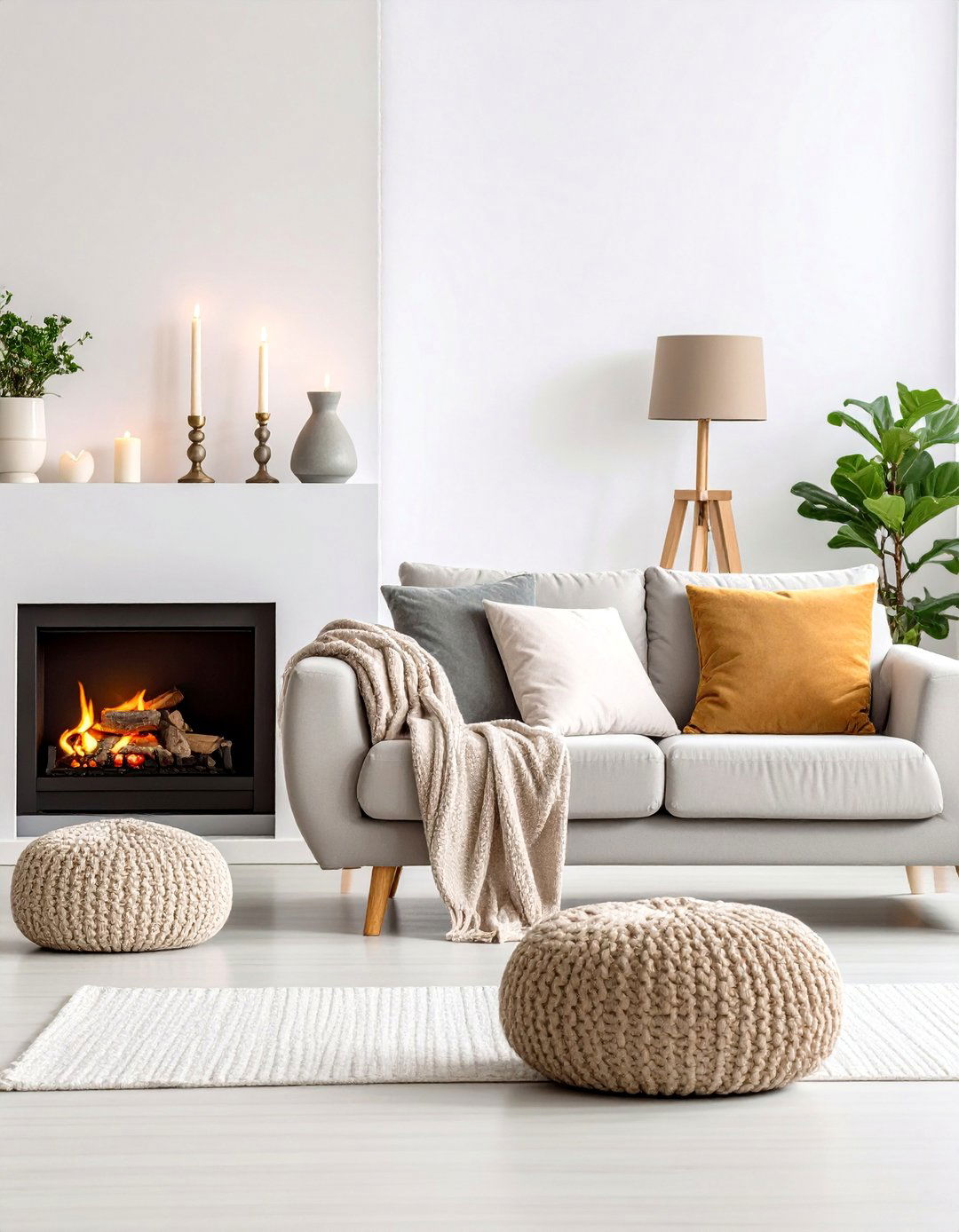
Leave a Reply